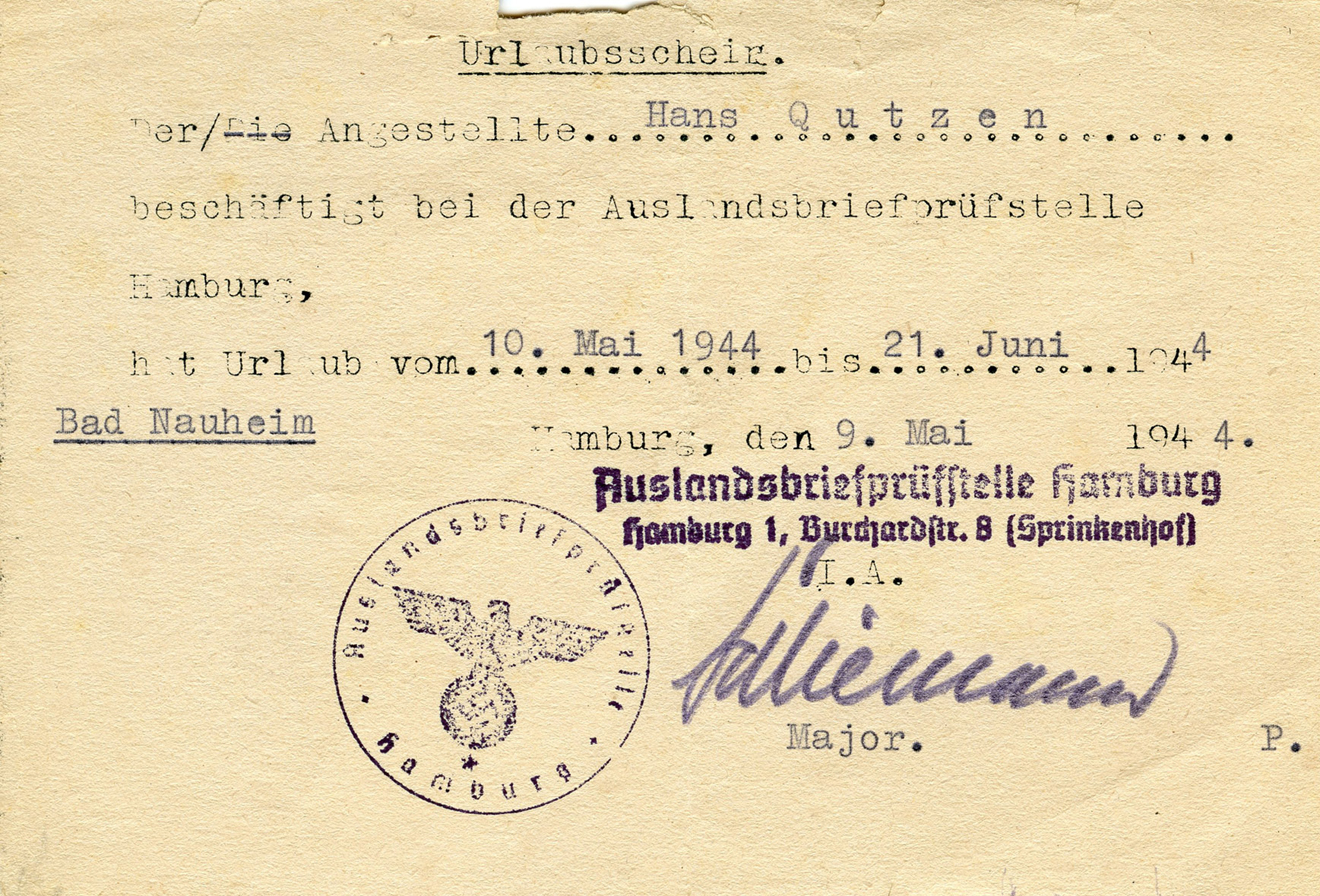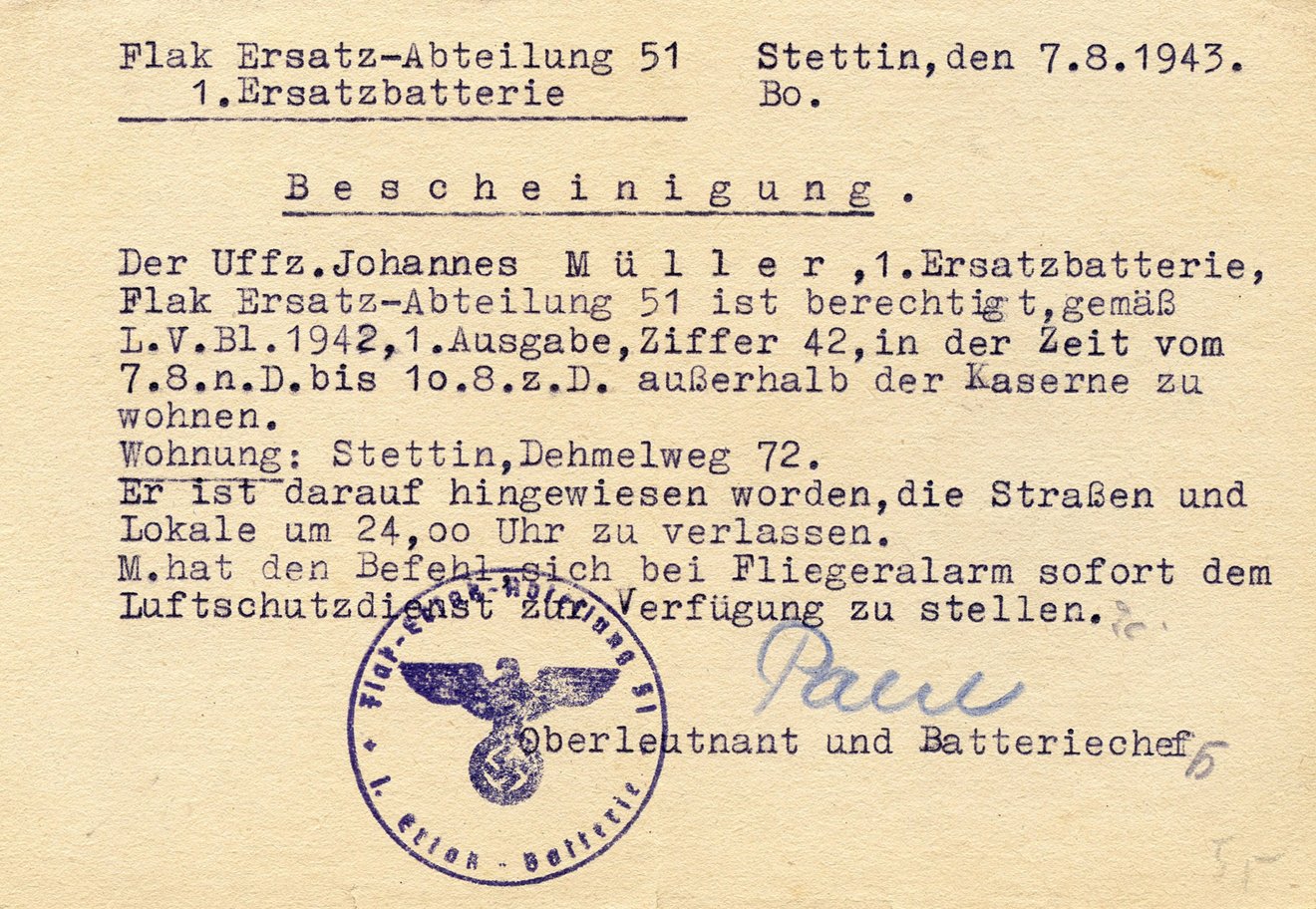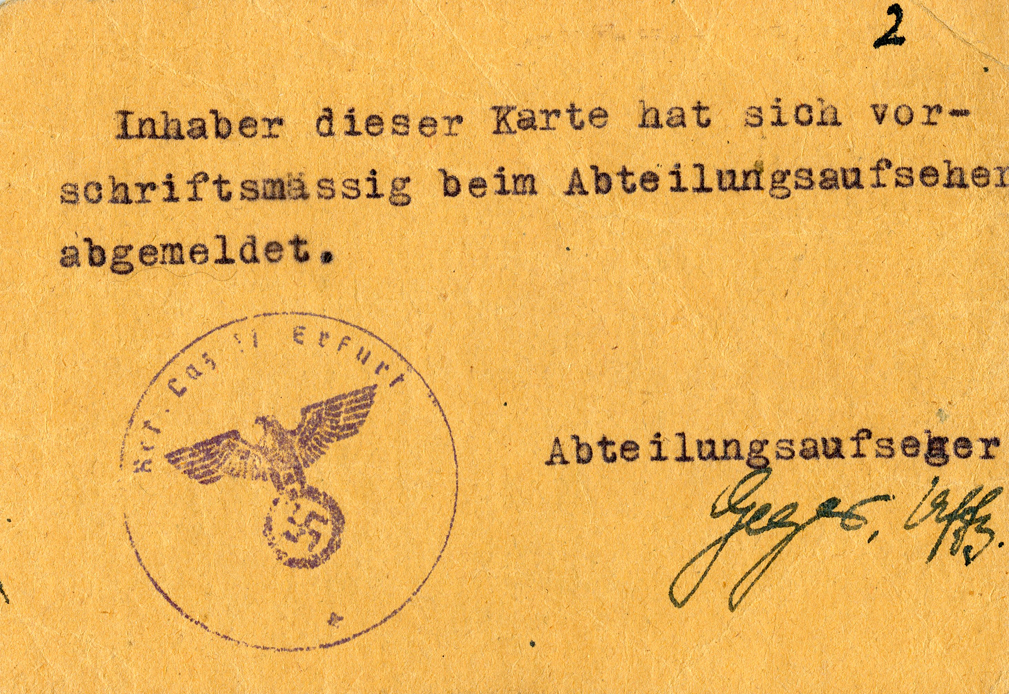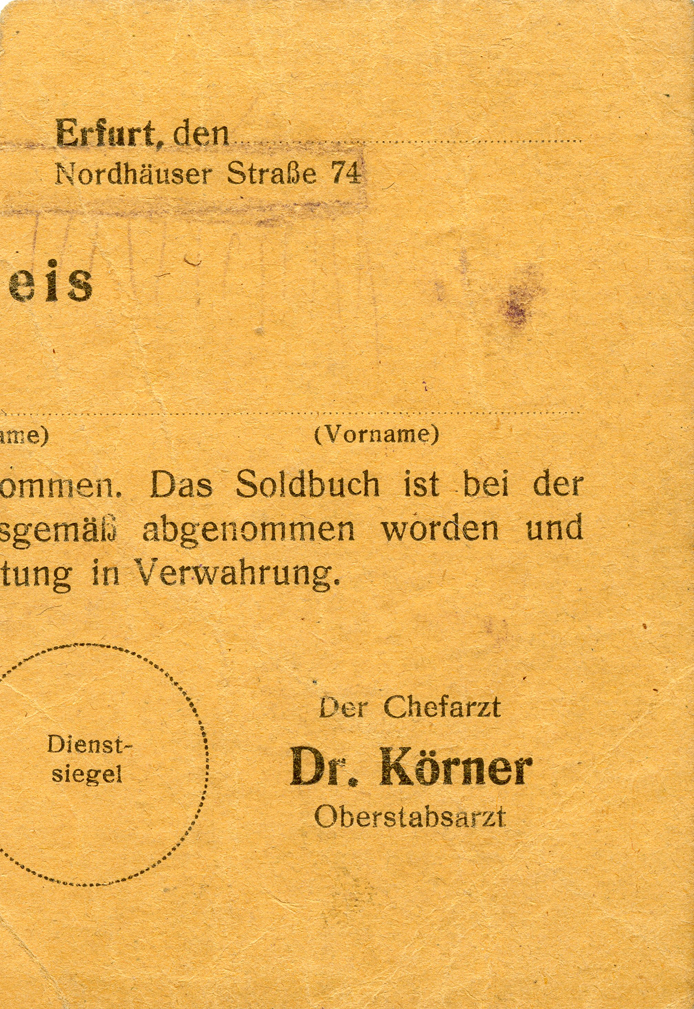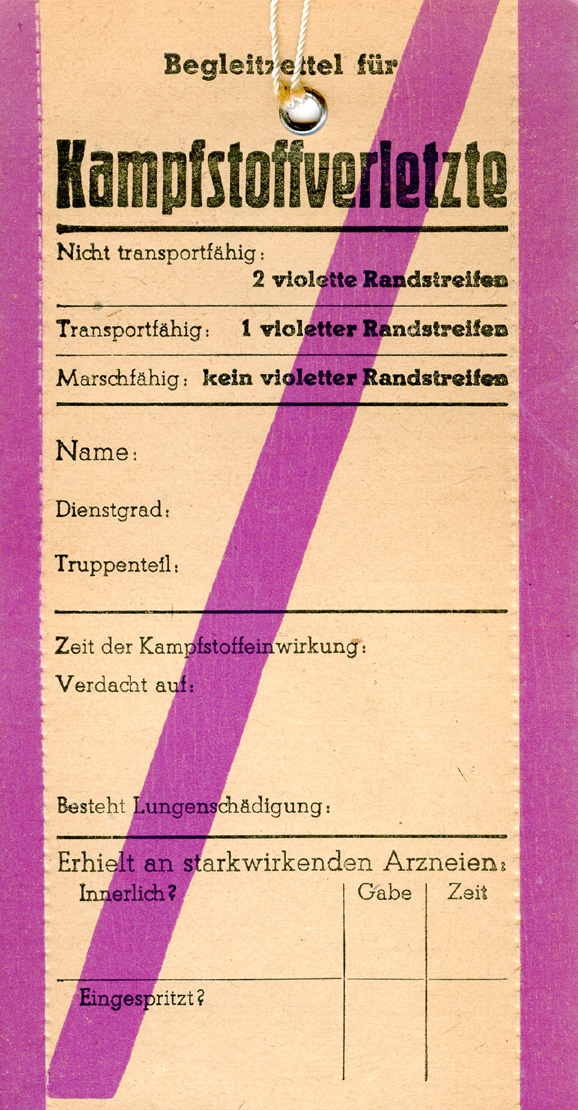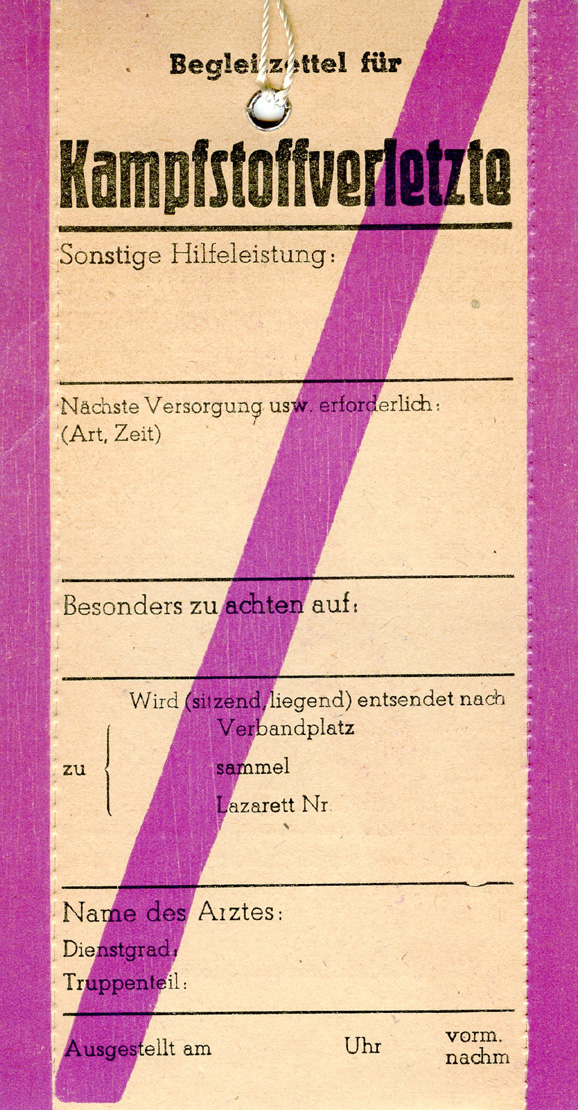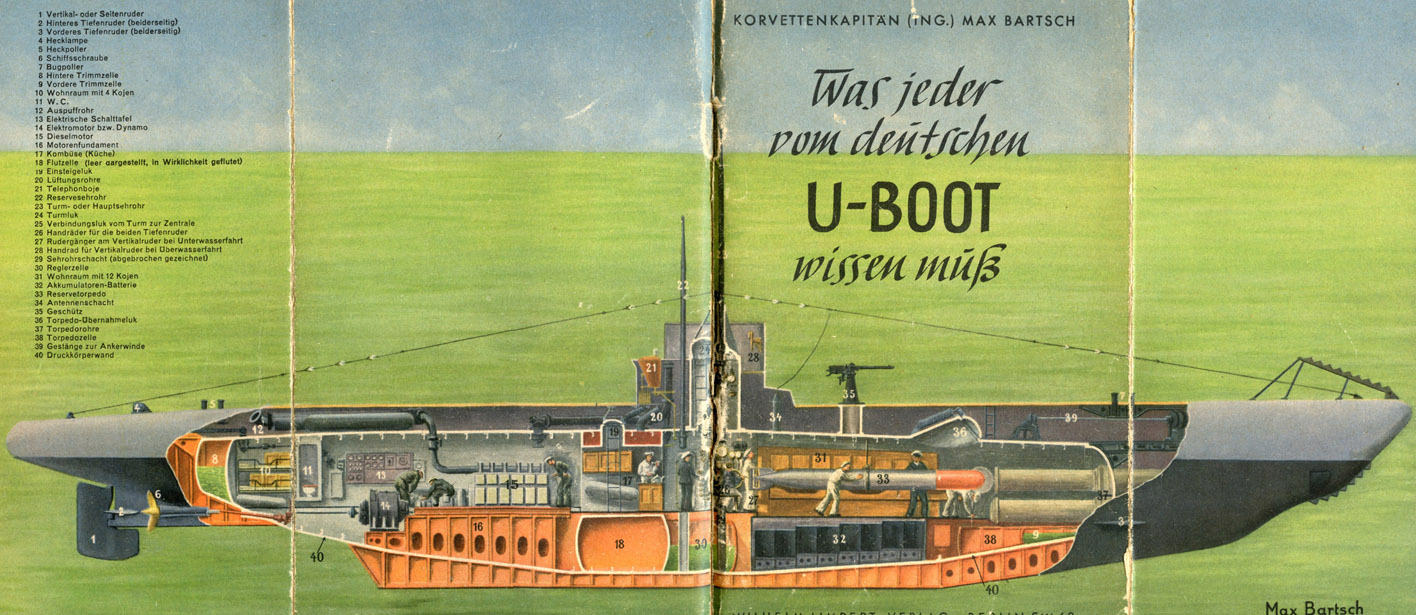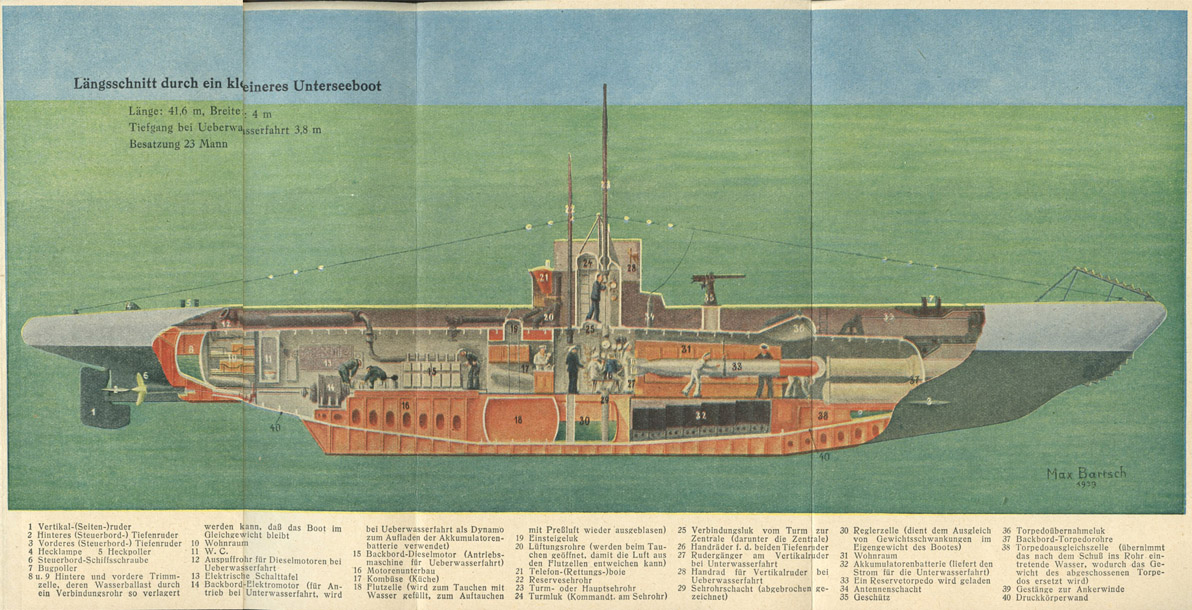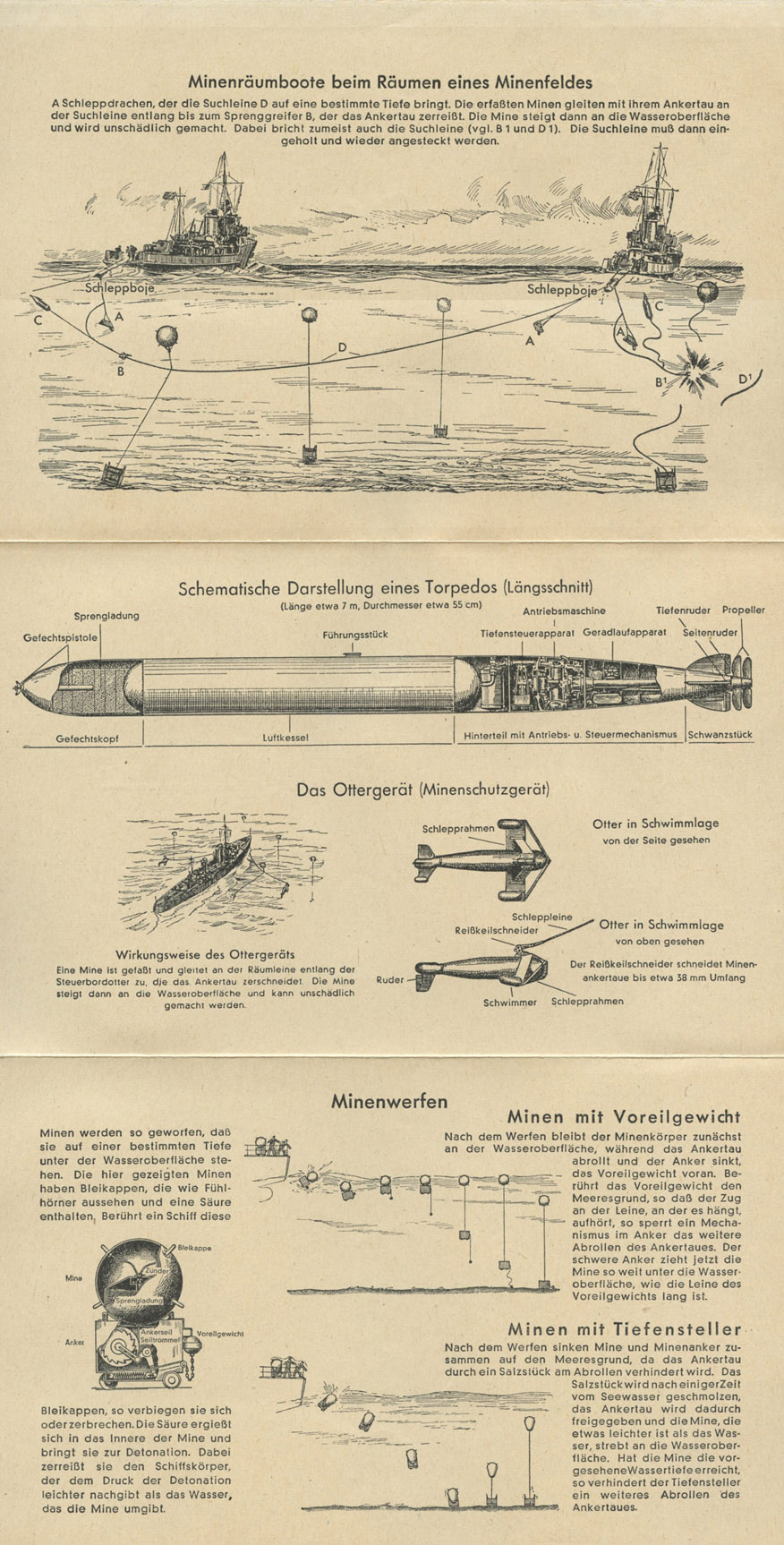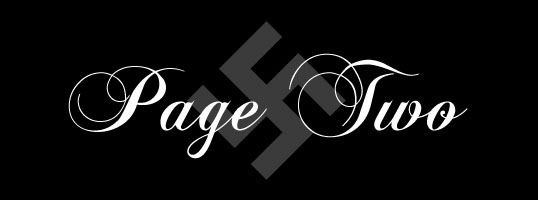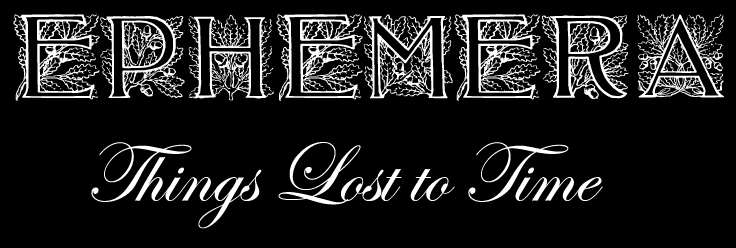
Or more precise 'vintage printed or written items which originally served some specific purpose and were not expected to be retained or preserved.'
Some examples of ephemera are theater programs, posters for events or concerts, flyers, ticket stubs, cigar labels, receipts, political leaflets and documents of various kinds.
[Below: Event ticket stub to the 1938 Reichs Party Day. This is to see the Party Congress rally on September 9th. This is so cool huh? This just says 'Diese Einlasskarte ist nur gültig am' (This admission ticket is only valid on). The reverse is blank.]
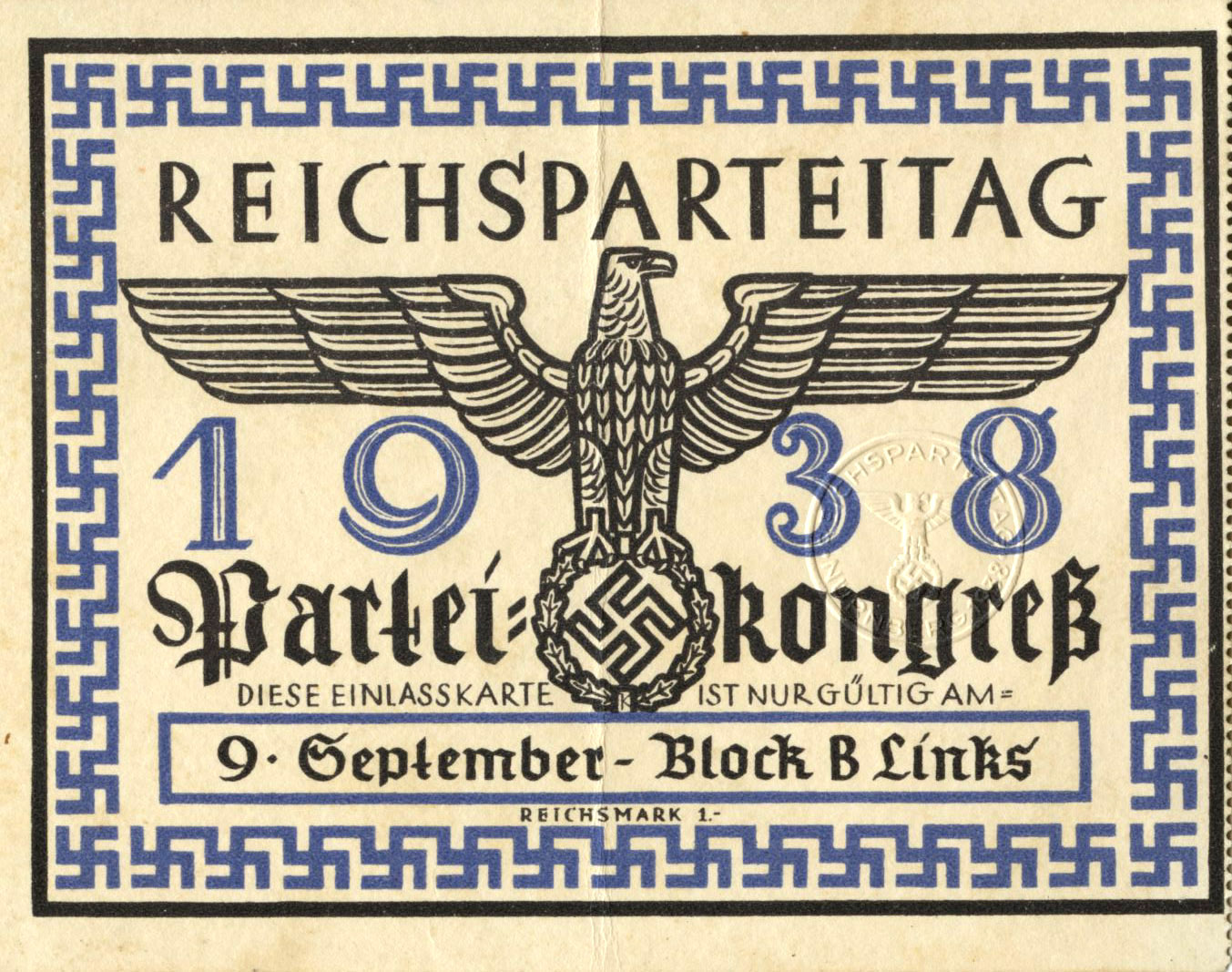
[Below: Another event ticket stub to the 1938 Reichs Party Day, except this one is from September 8th, the day before the above event ticket. This one was held at Zeppelin field and says 'Tag der Gemeinschaft' (Community Day) and 'Vorführung von Massenfreiübungen' (Demonstration of Mass Calisthenics). Calisthenics, in case you don't know, is: 'a form of strength training consisting of a variety of movements that exercise large muscle groups, such as standing, grasping, pushing, etc. These exercises are often performed rhythmically and with minimal equipment...'. I'll put an example of this below from the 1938 Reichs Party Day. The reverse is blank.]
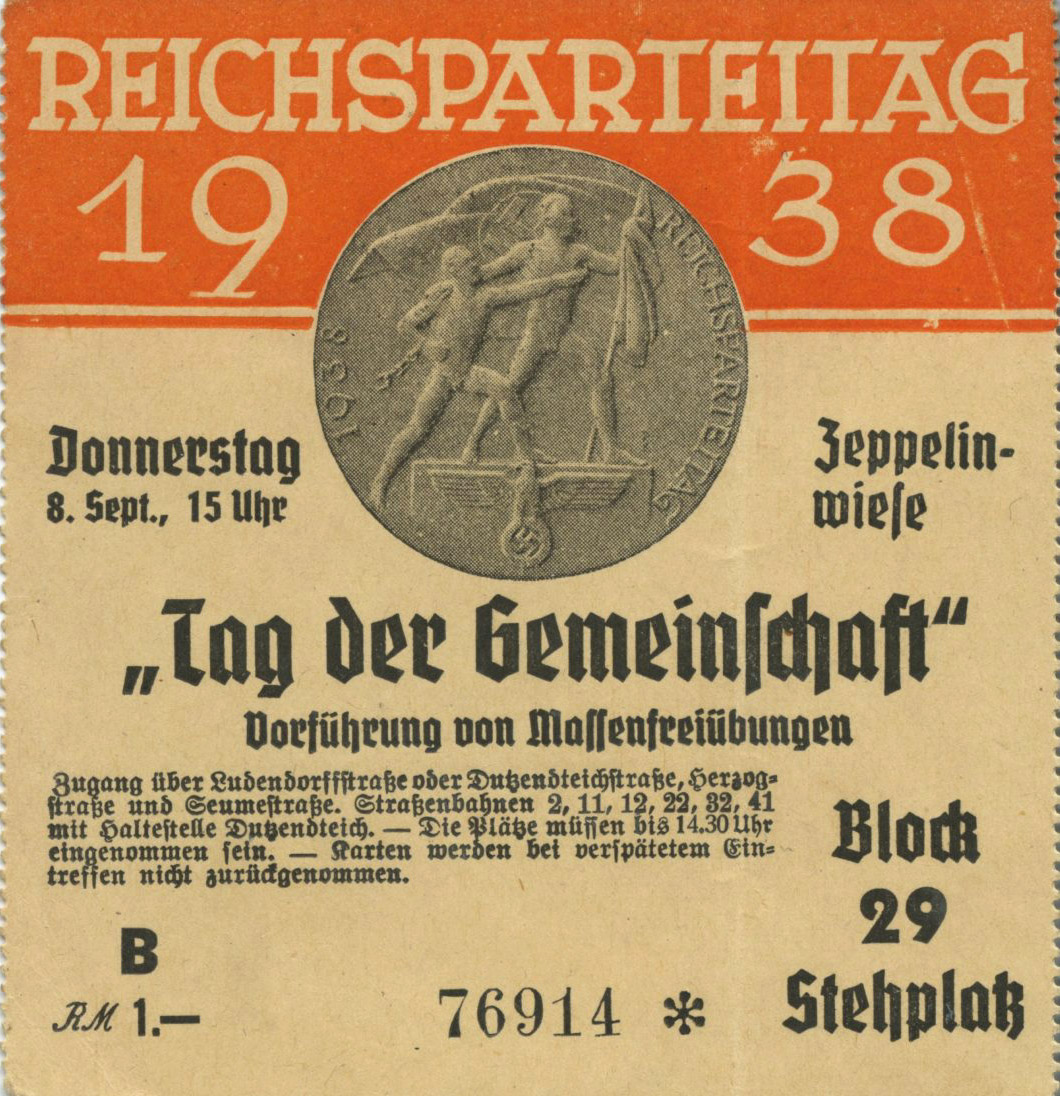
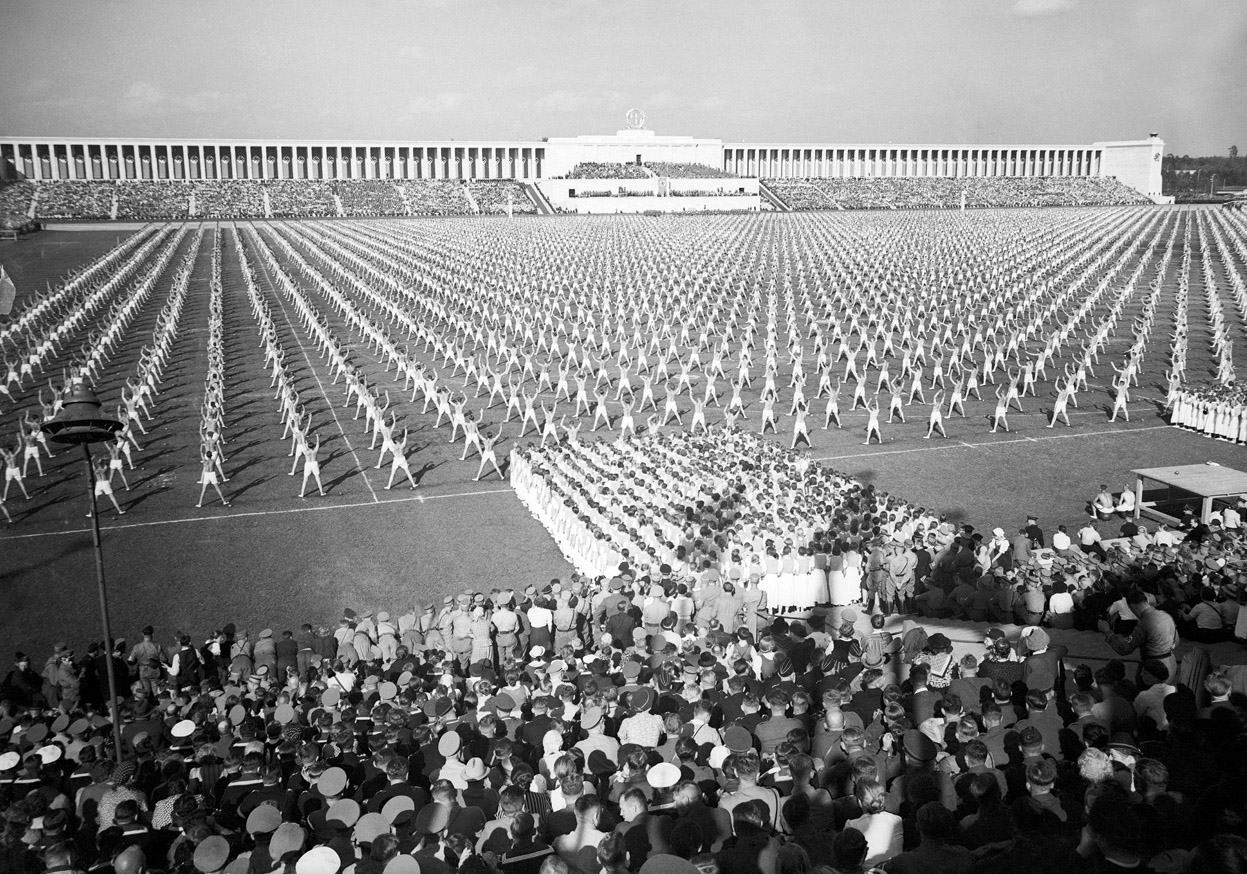
[Below: Here is a ticket to a postage stamp exhibition in Vienna on the Day of the Postage Stamp in January 1941. On the bottom it says that a special commemorative sheet with a special postage stamp and a Stamp Day cancel will be available.]
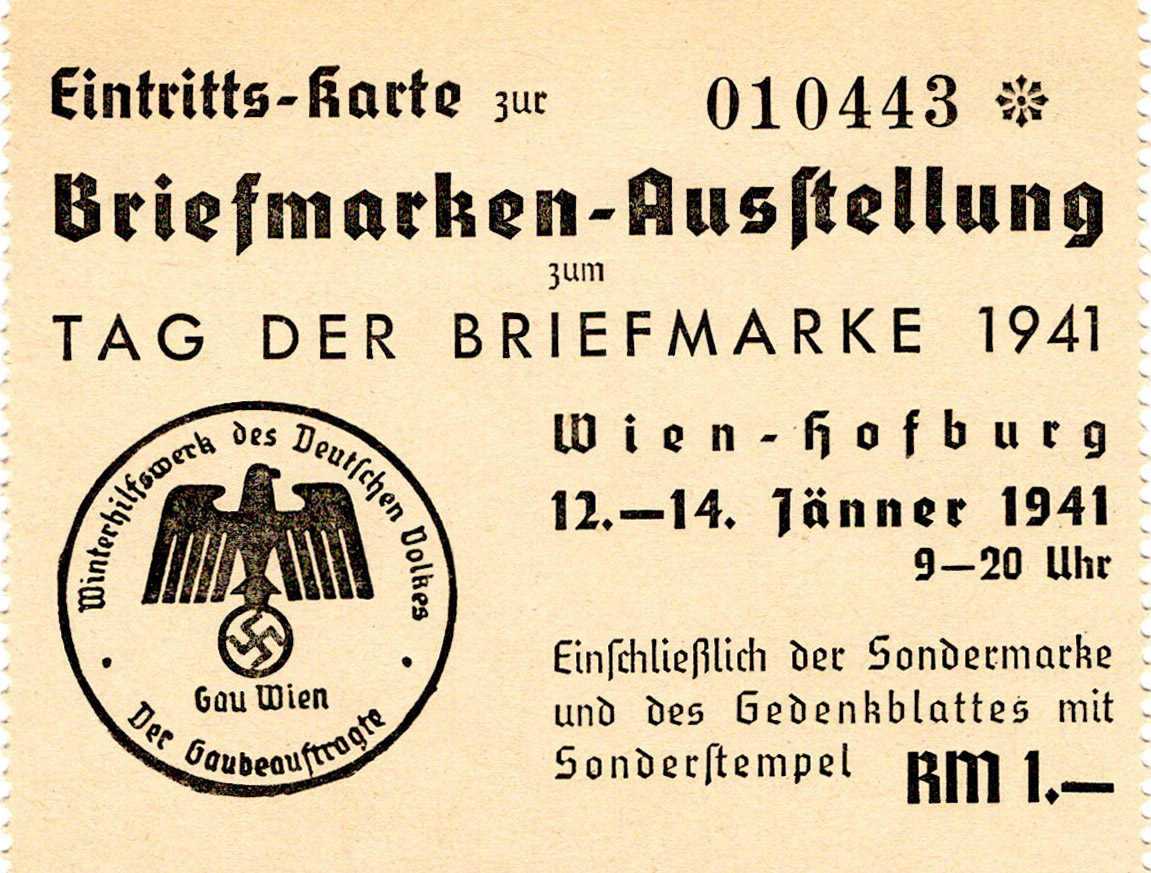


[Below: CD Reichs Party Day 1936. Now what could this be? Hmmm... I'm not sure. Anyone have any ideas?]
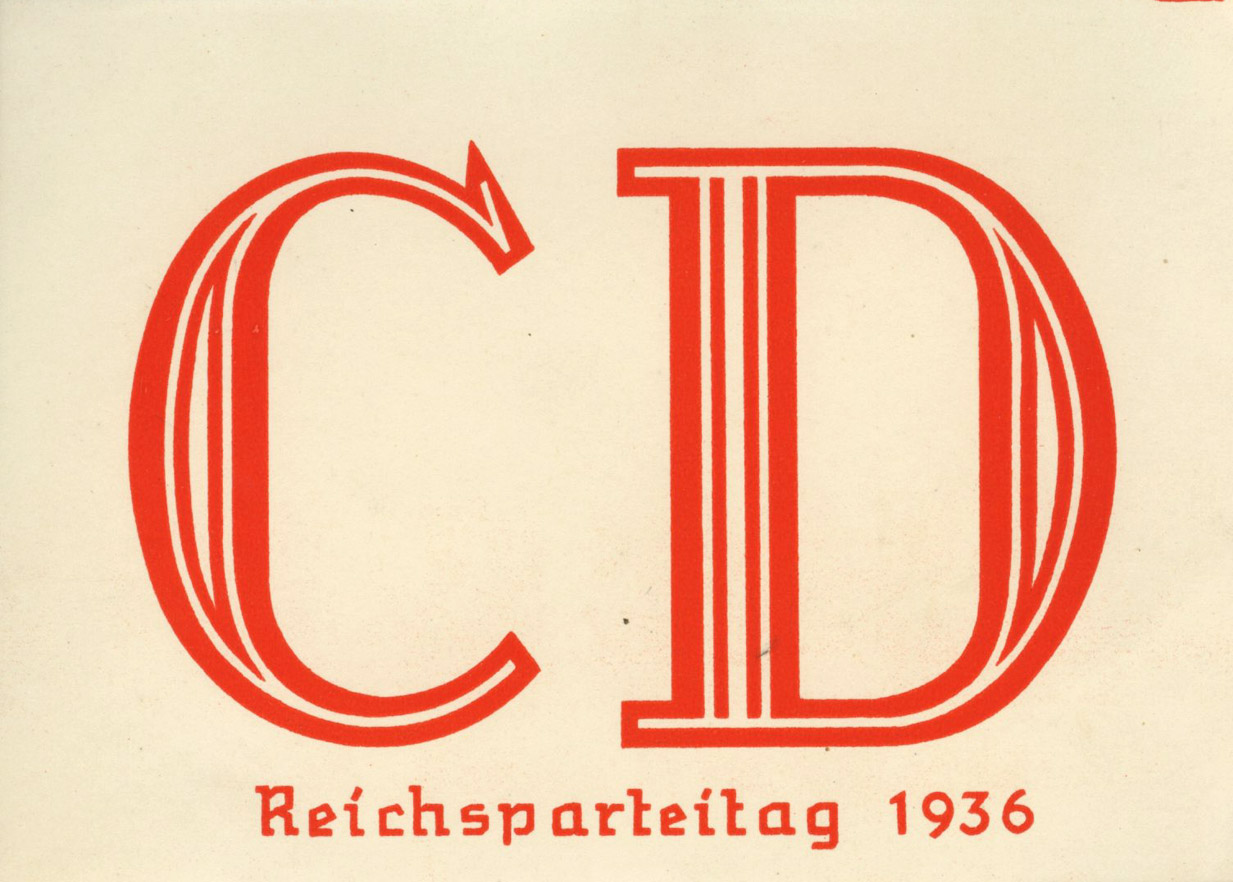

[Below: Flyer dropped on Allied troops. This is so amazingly cool! Wow. It doesn't really need my comments as it speaks for itself. It is made of very light paper, practically like tissue paper. Front.]
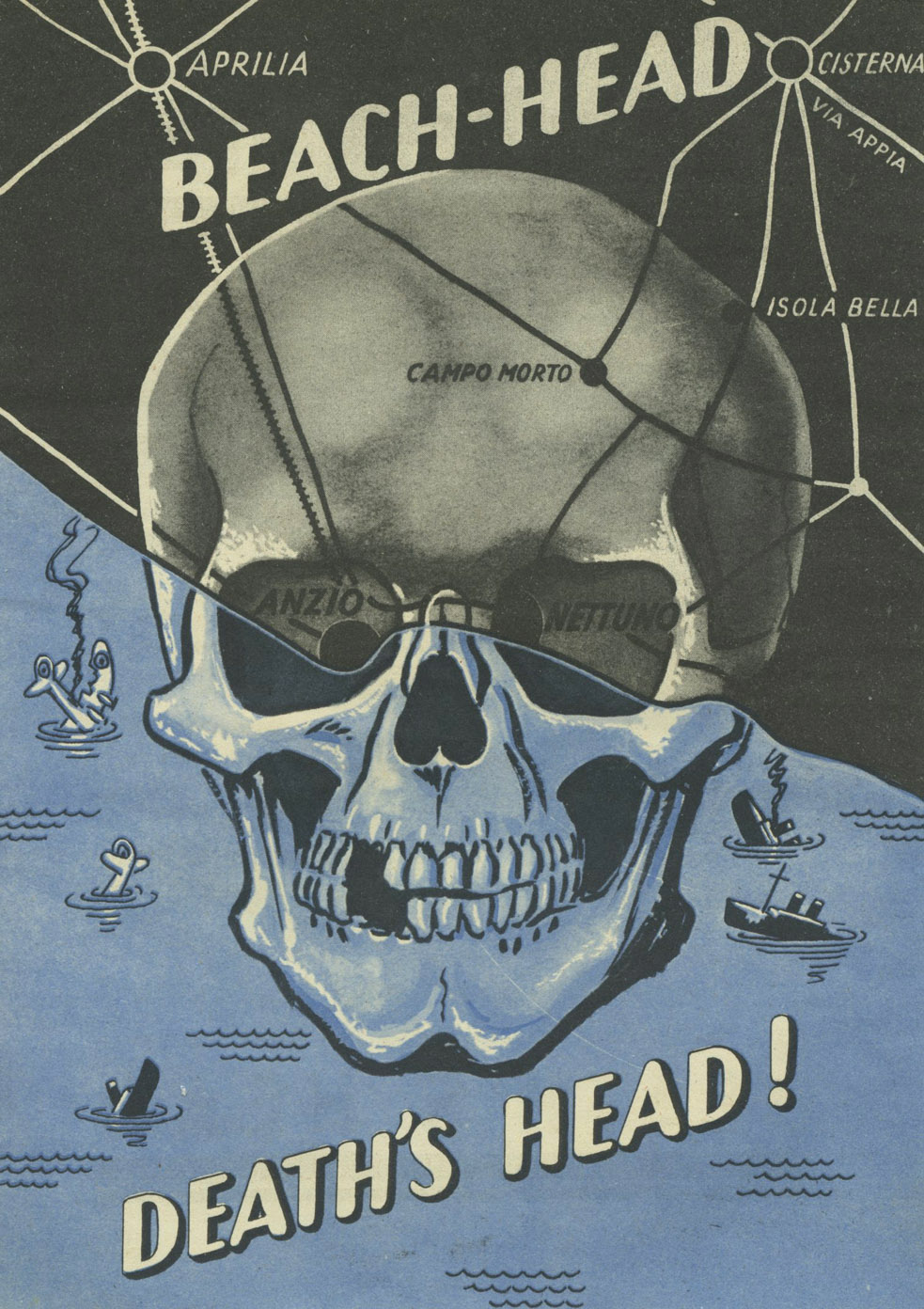
[Below: Reverse.]
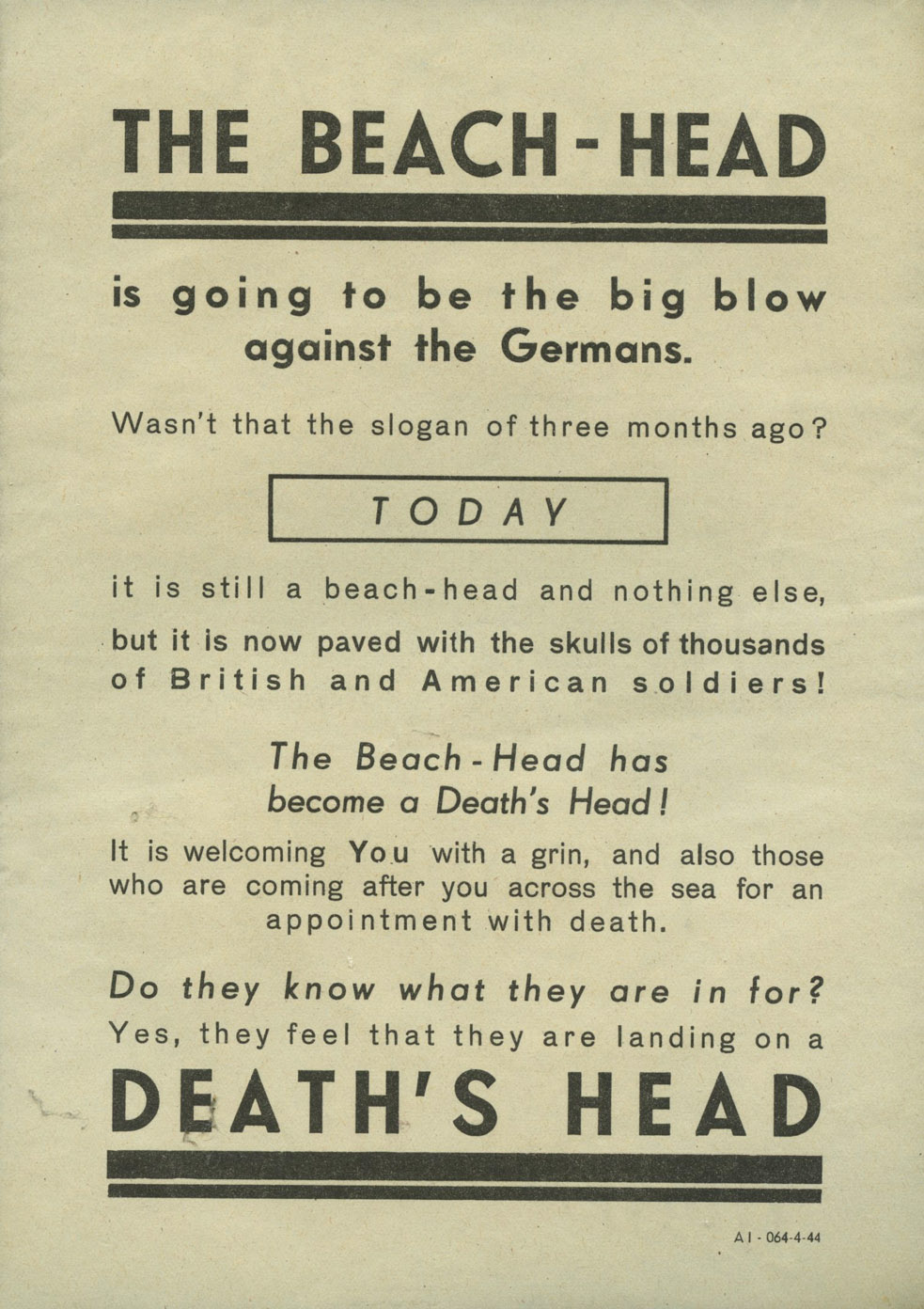
[Below: Flyer dropped on Allied troops on the Western Front. Another amazing leaflet. The graphics on these and the fluent grasp of English are superb. It is made of very light paper, practically like tissue paper. Front.]

[Below: Reverse.]
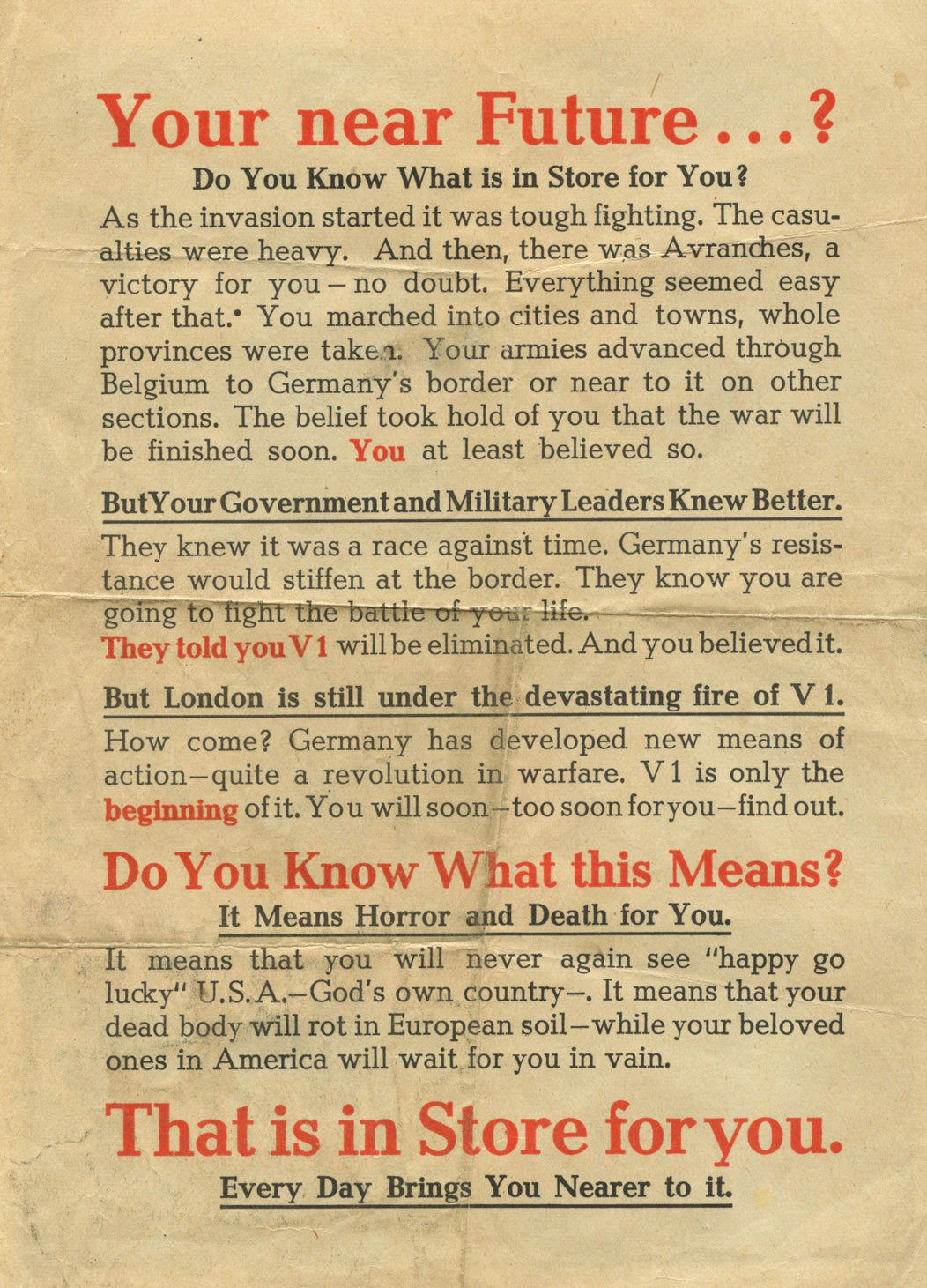
[Below: Flyer dropped on Allied troops who had invaded Italy. Again, these are just so neat and in your face. Just plain cool. It is made of very light paper, practically like tissue paper. Front.]
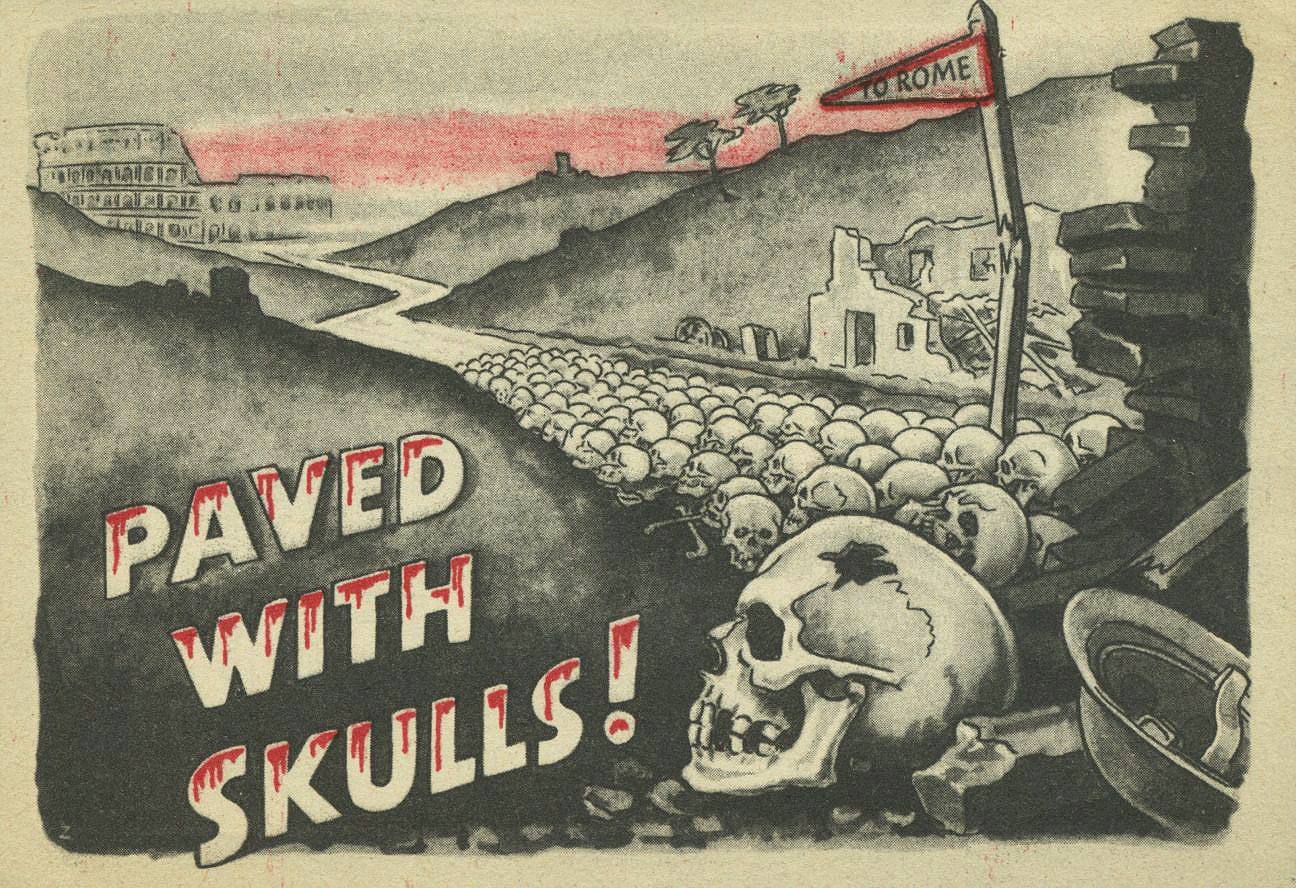
[Below: Reverse.]
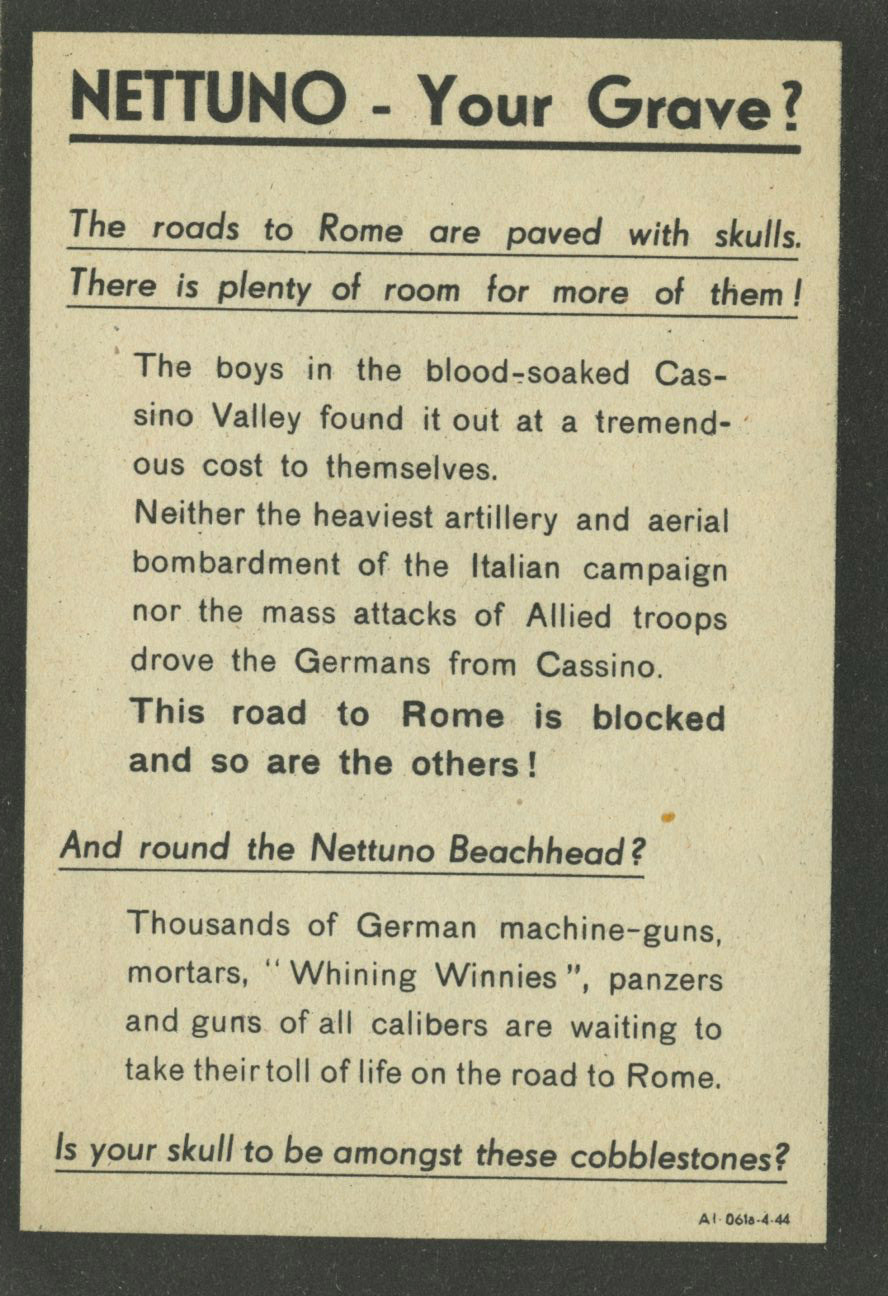
[Below: Flyer dropped on Allied troops. Ah darling Roosevelt, the secret commie with his commie wife. He killed more white men than probably any man who ever lived. It is made of very light paper, practically like tissue paper. Front.]
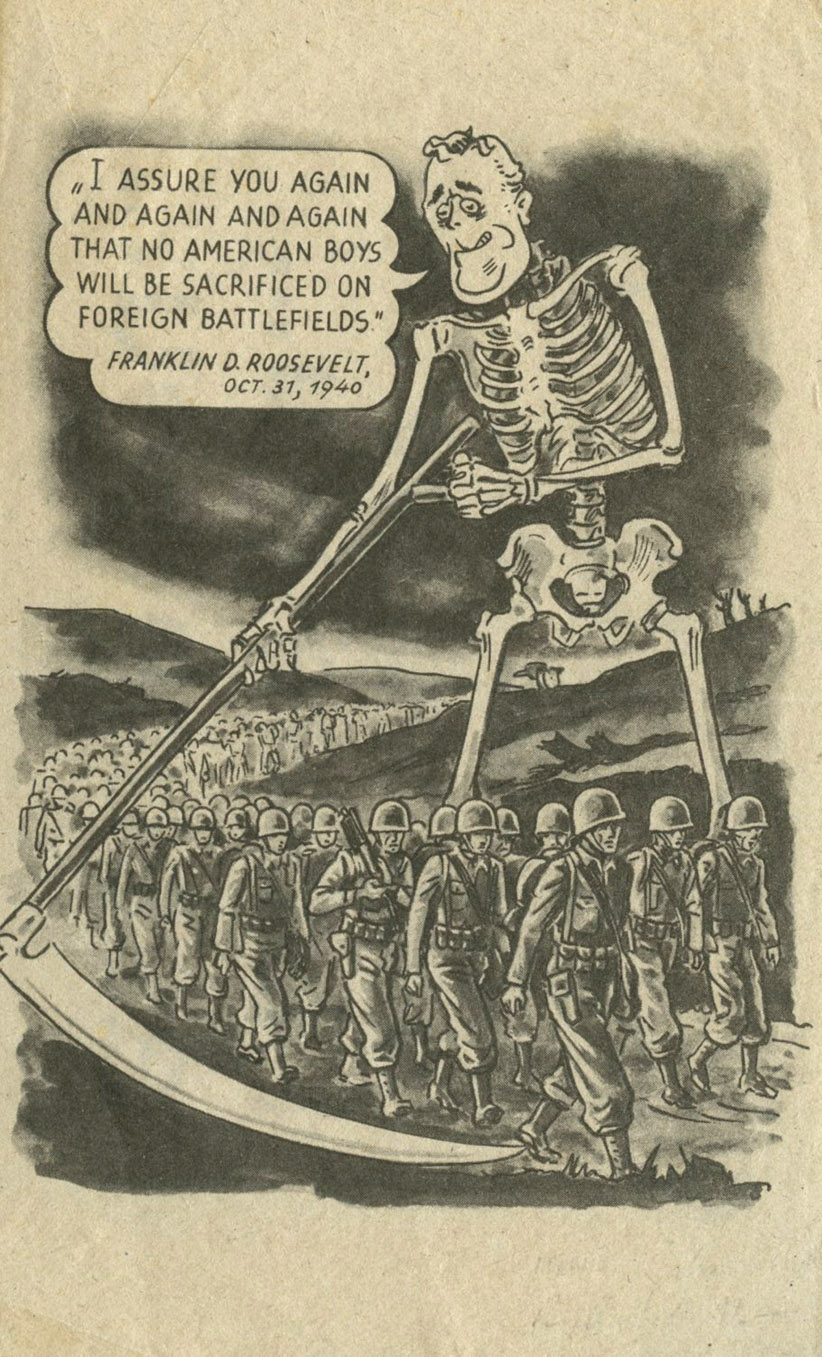
[Below: Reverse.]
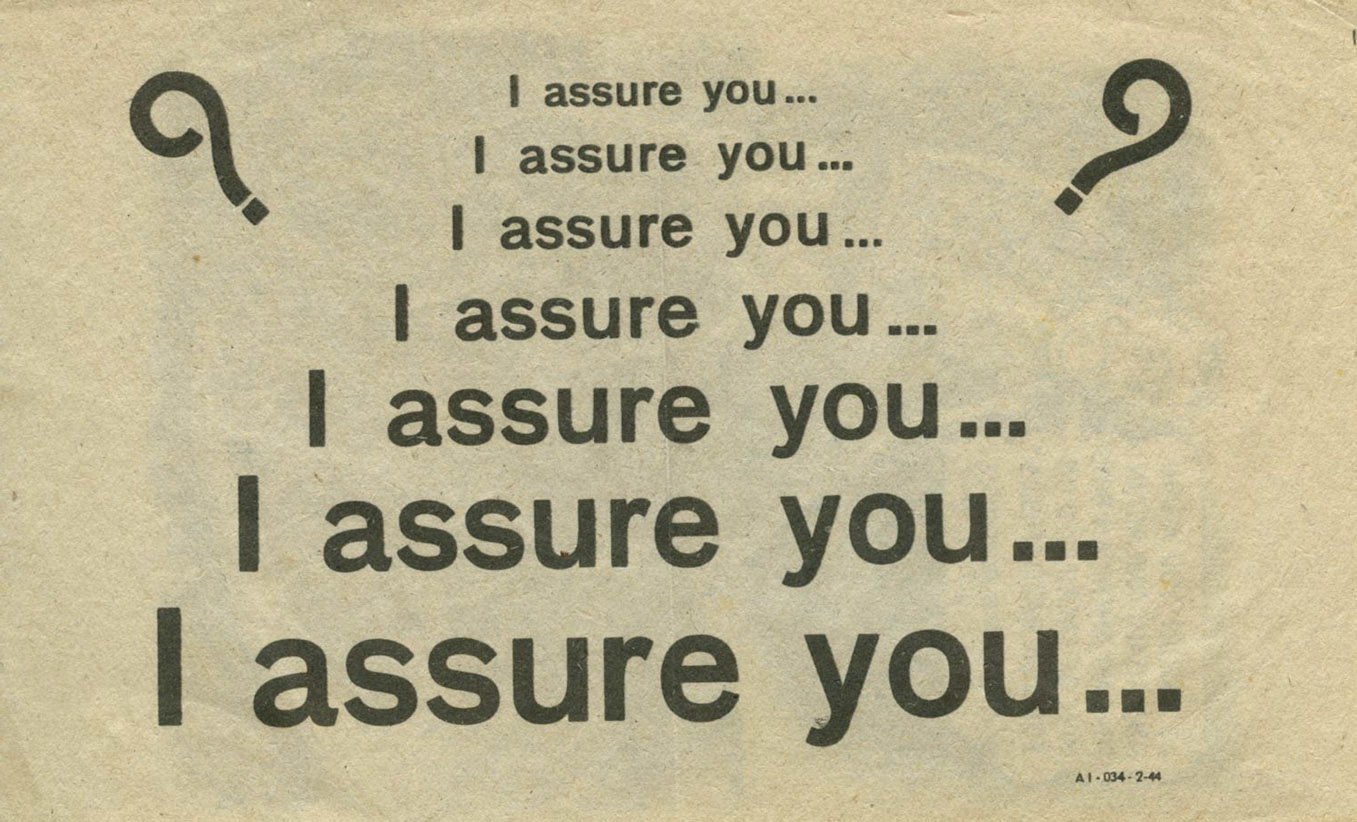
[Below: Flyer dropped on Allied troops in Italy in 1943. Front.]
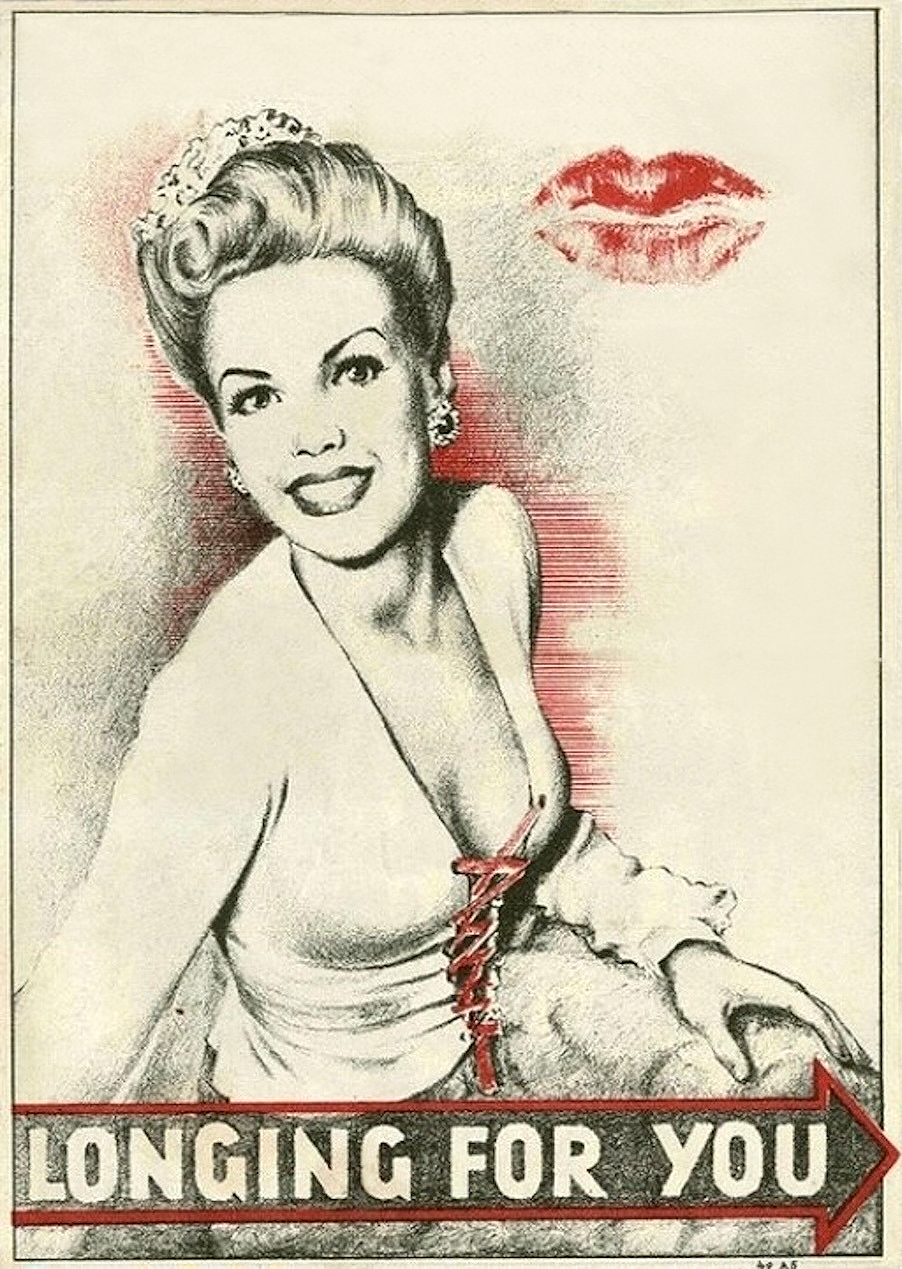
[Below: Reverse.]
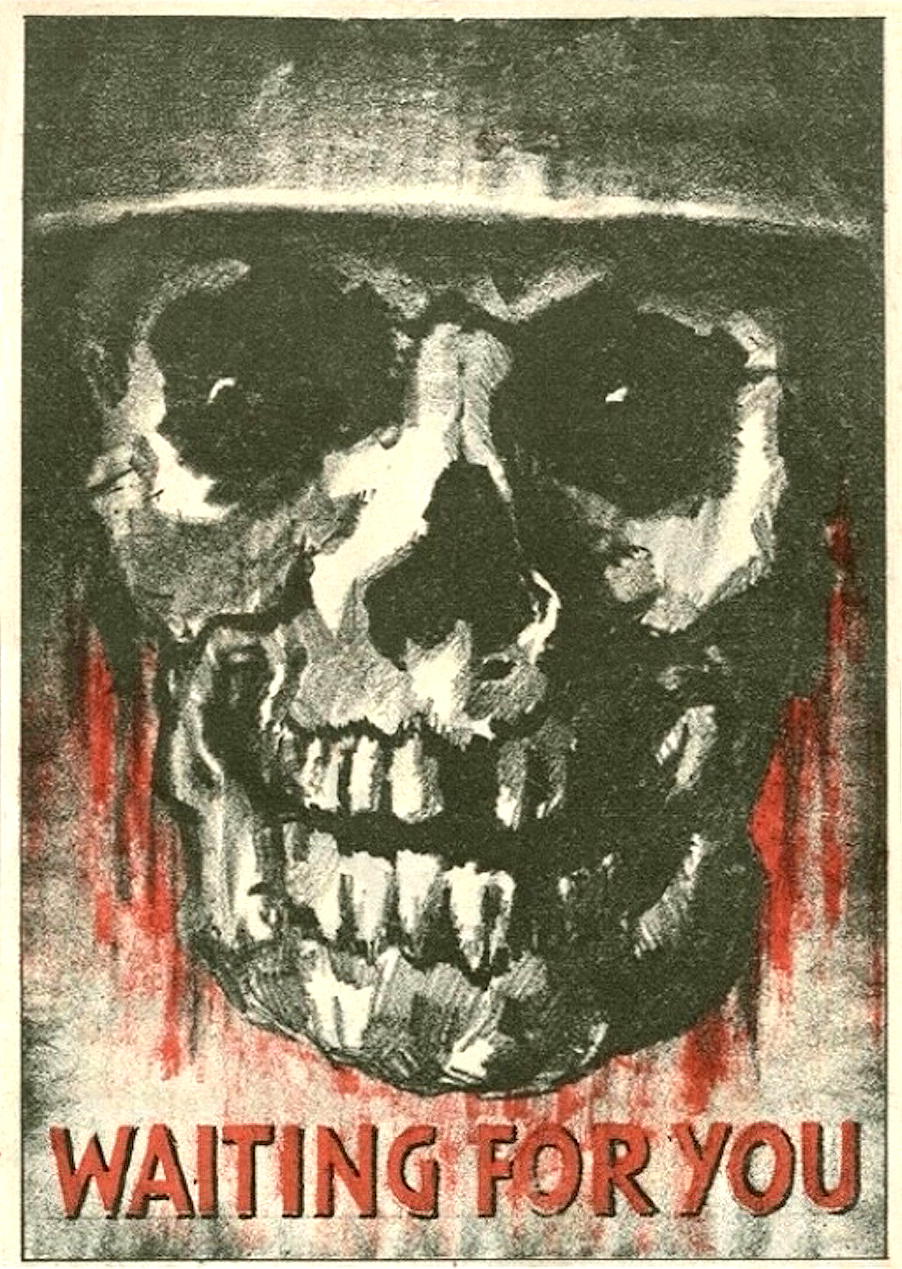
[Below: Flyer dropped on British troops in Italy. It is made of very light paper, practically like tissue paper. Front.]
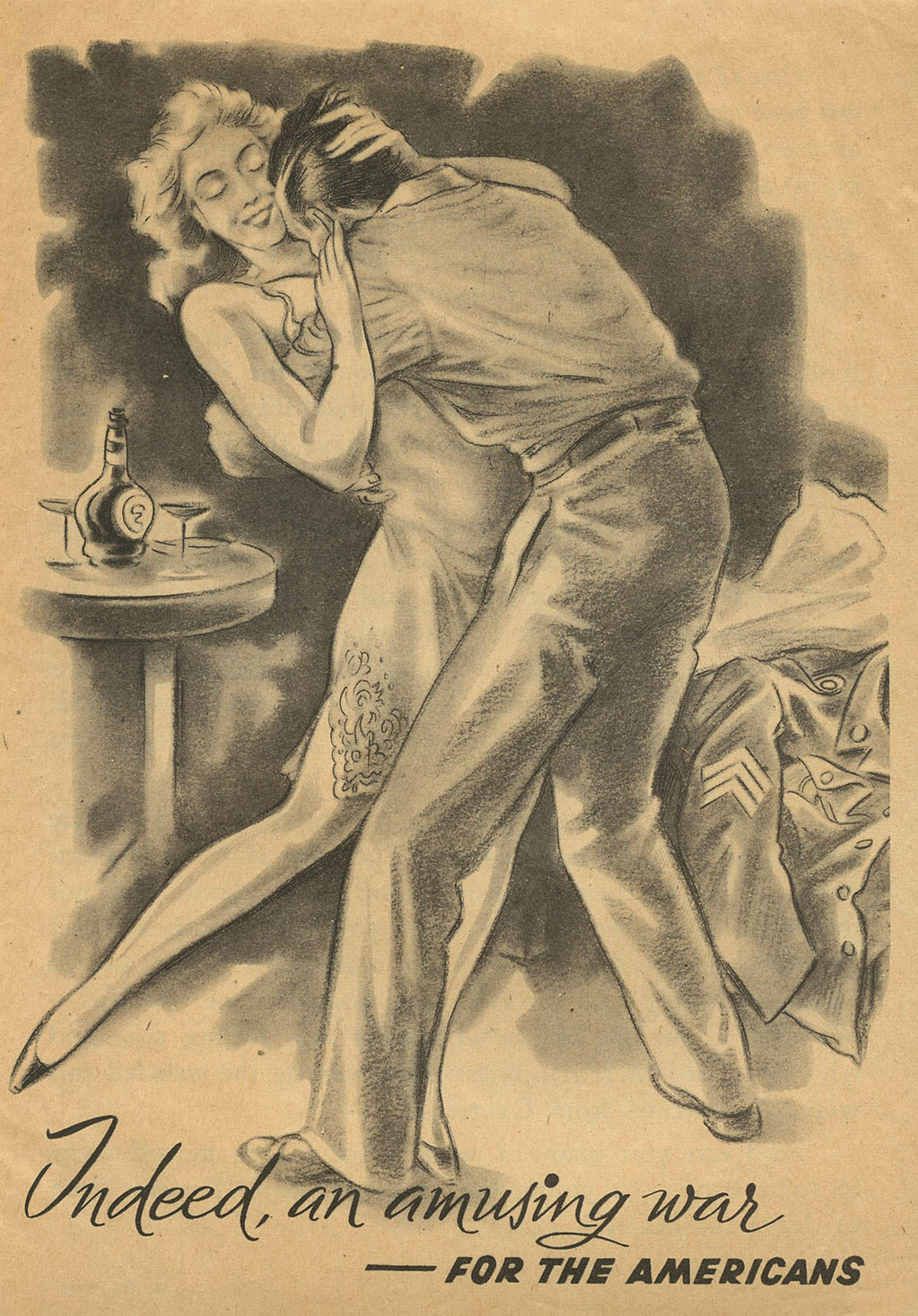
[Below: Reverse.]
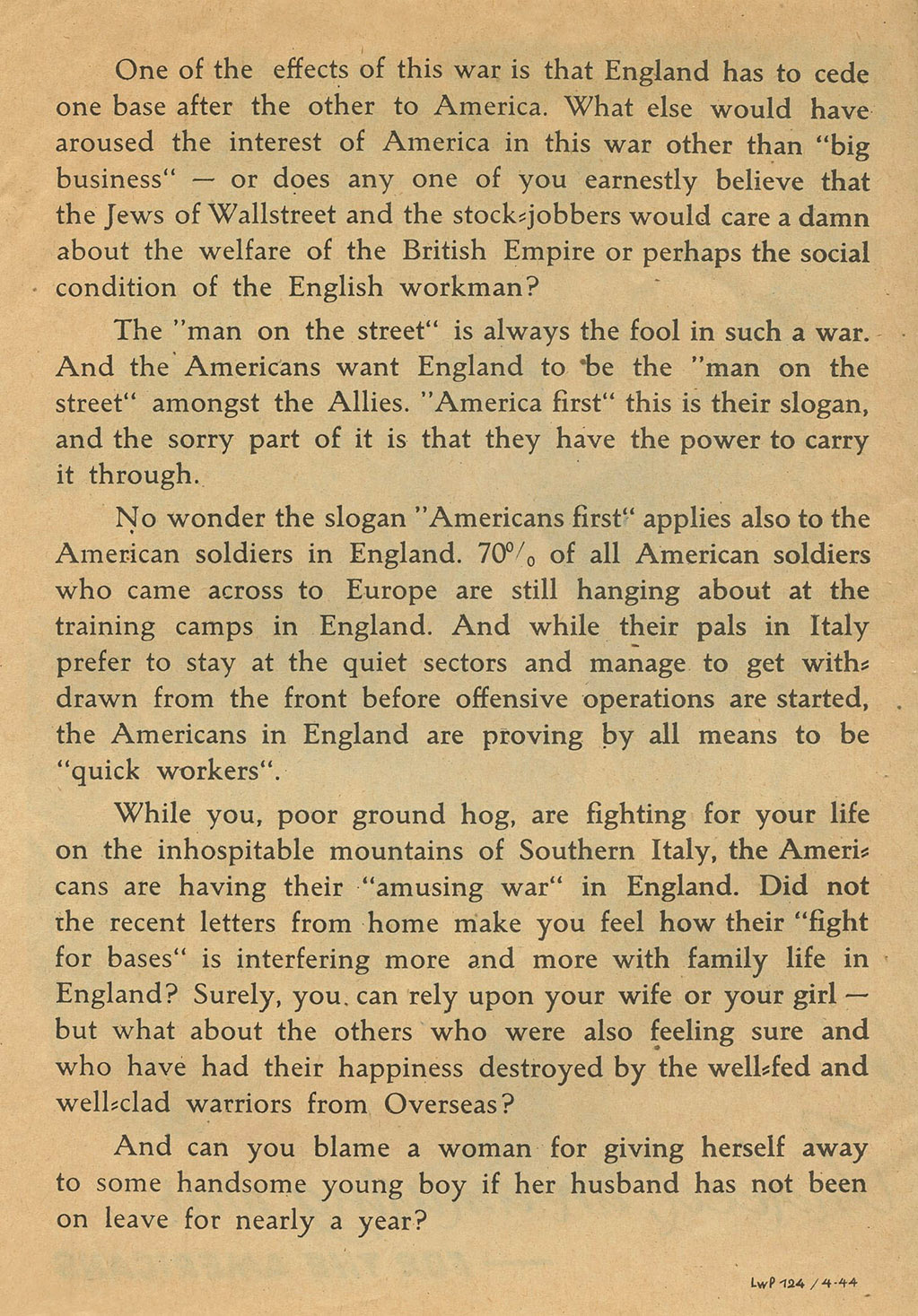
[Below: Flyer dropped on Allied troops. It is made of very light paper, practically like tissue paper. Front.]
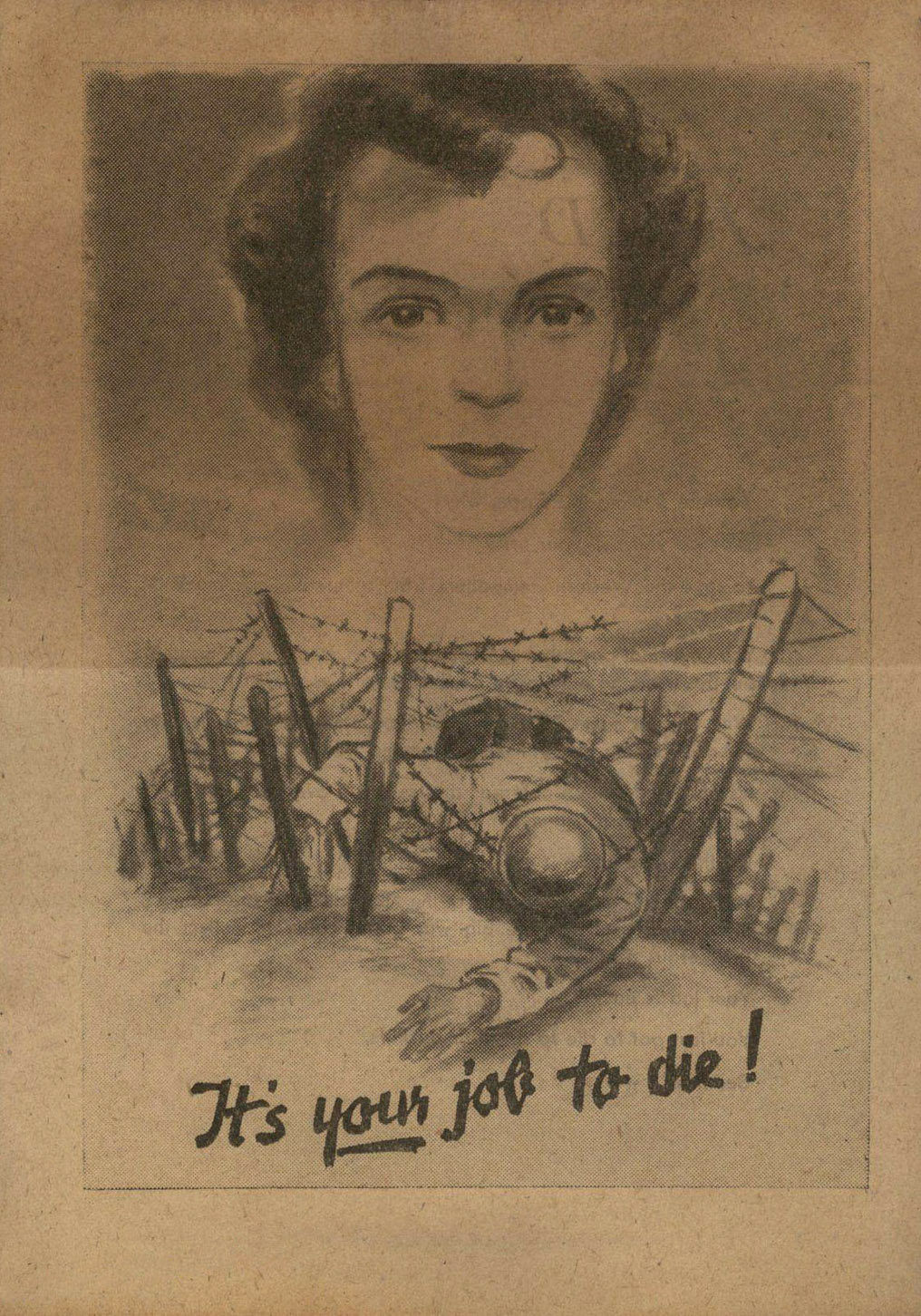
[Below: Reverse.]
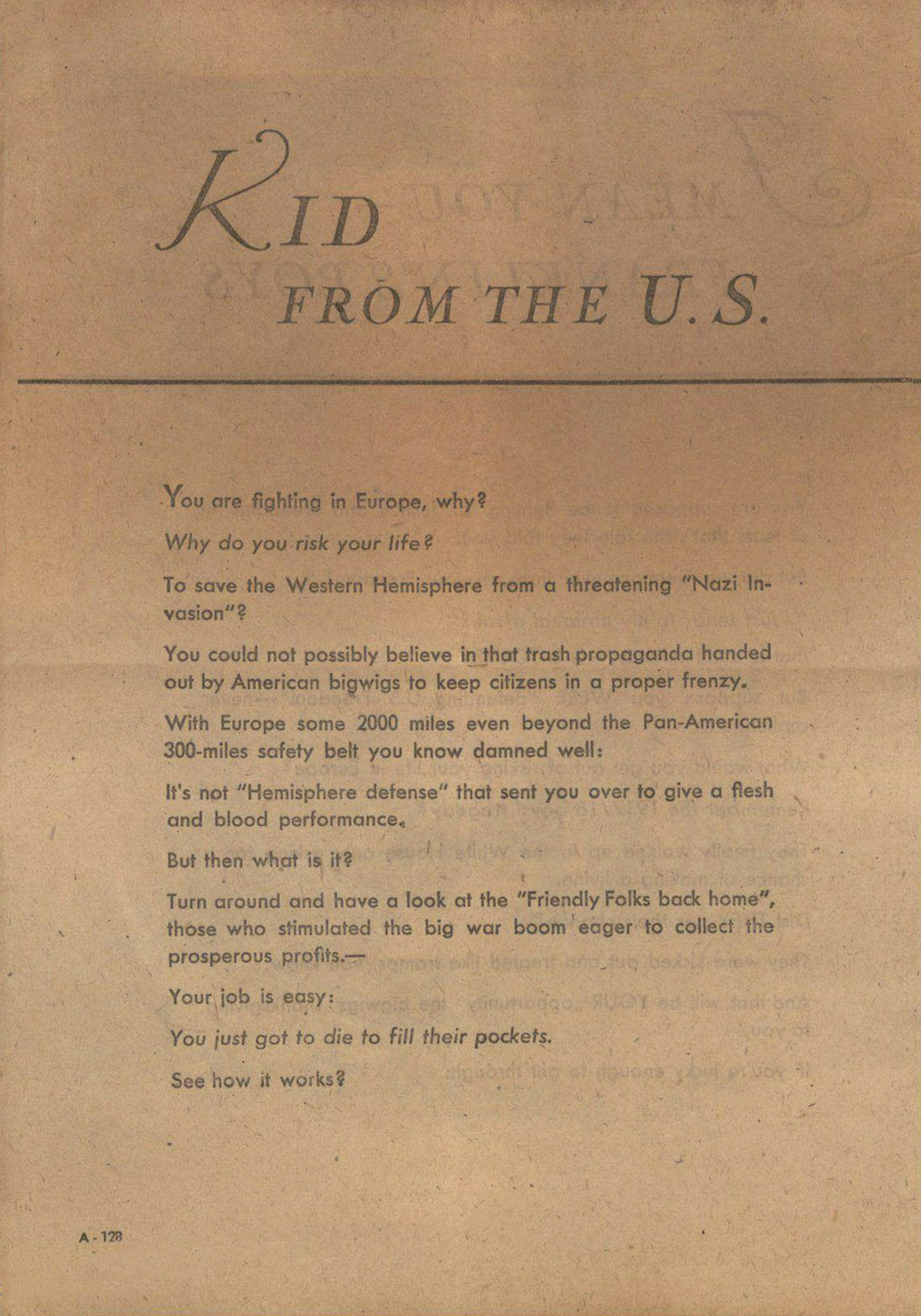
[Below: Flyer dropped on Allied troops. Very dark and cool. It is made of very light paper, practically like tissue paper. Front.]
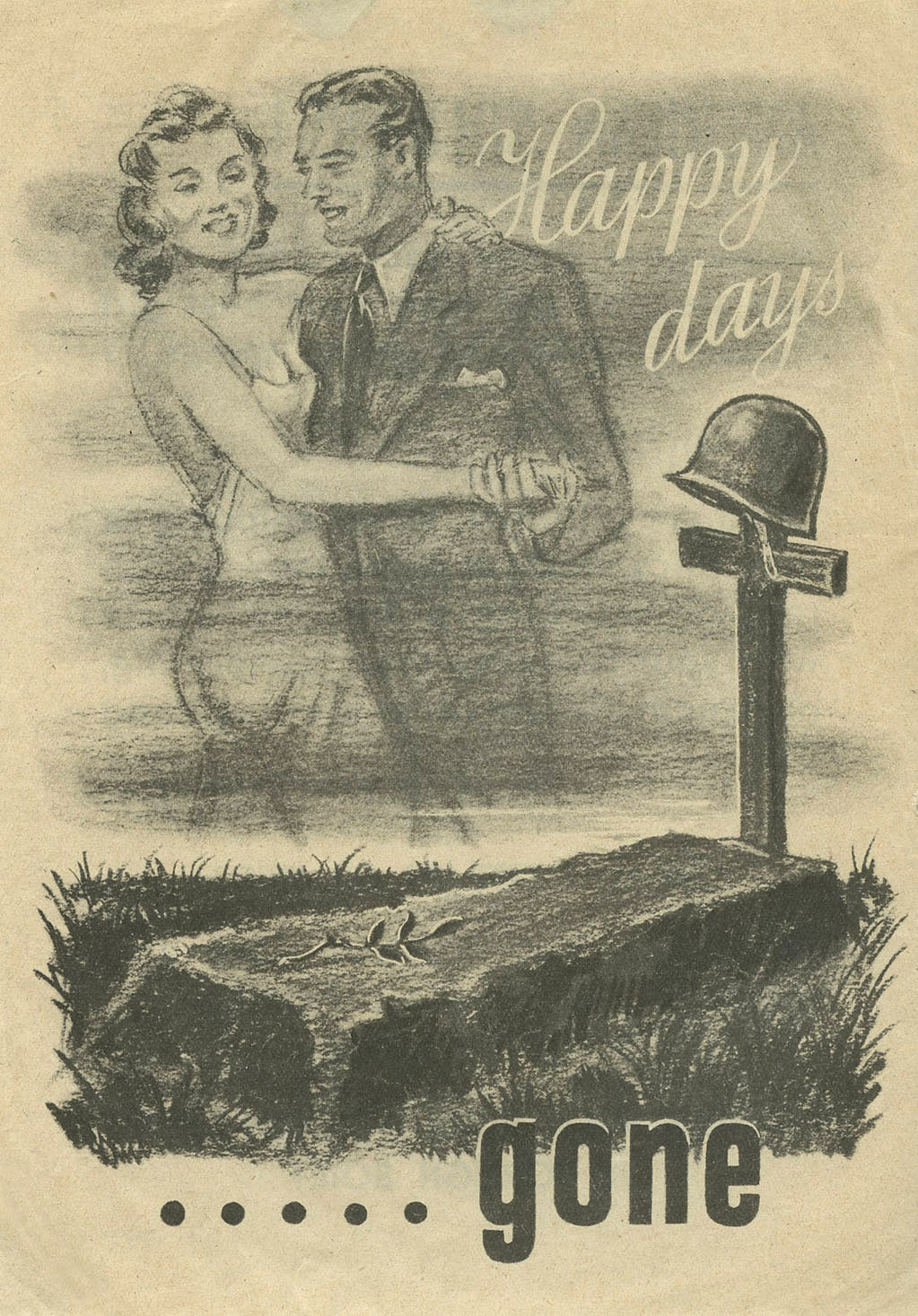
[Below: Reverse.]
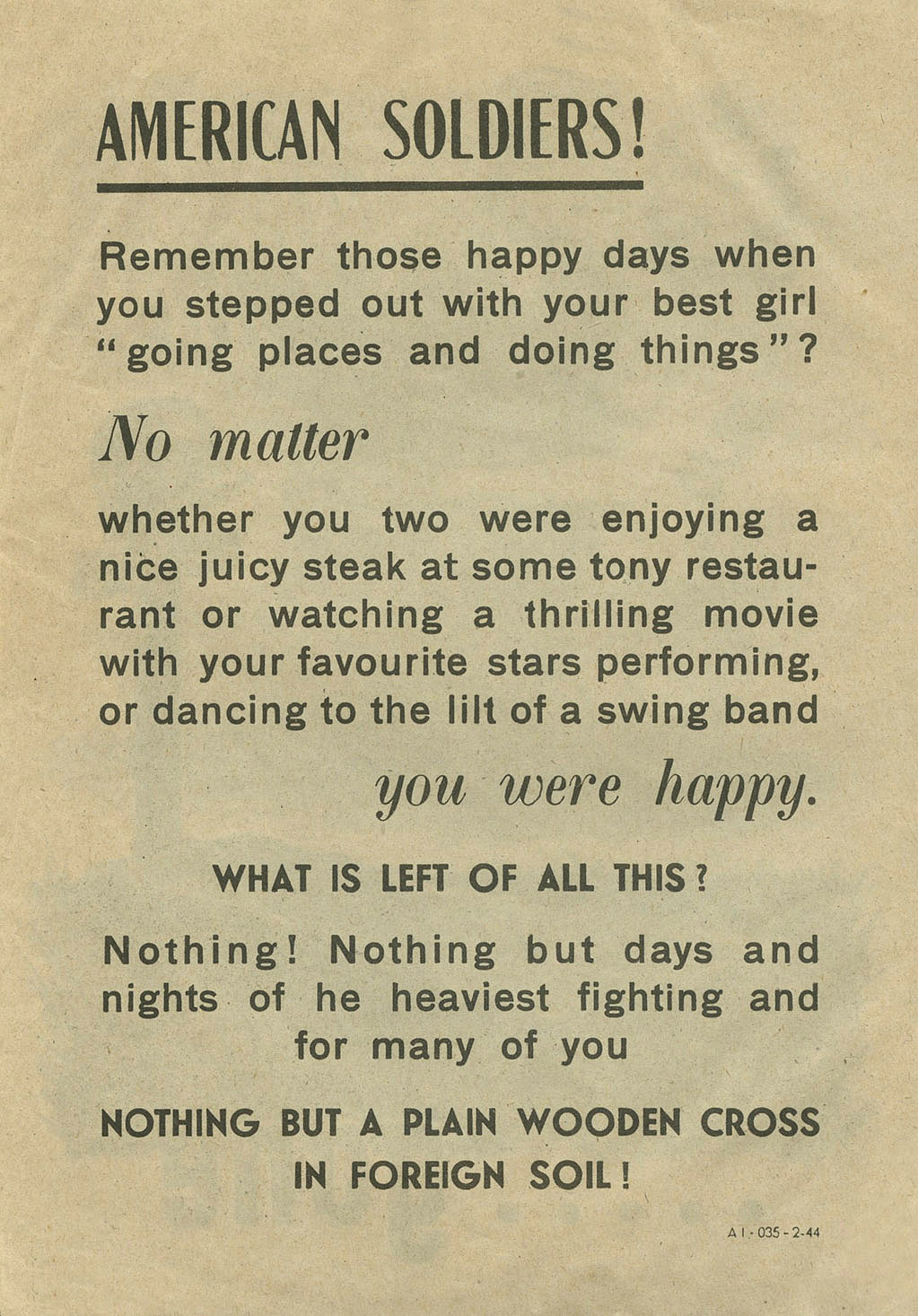
[Below: Flyer dropped on Allied troops in Italy. It is made of very light paper, practically like tissue paper. Front.]
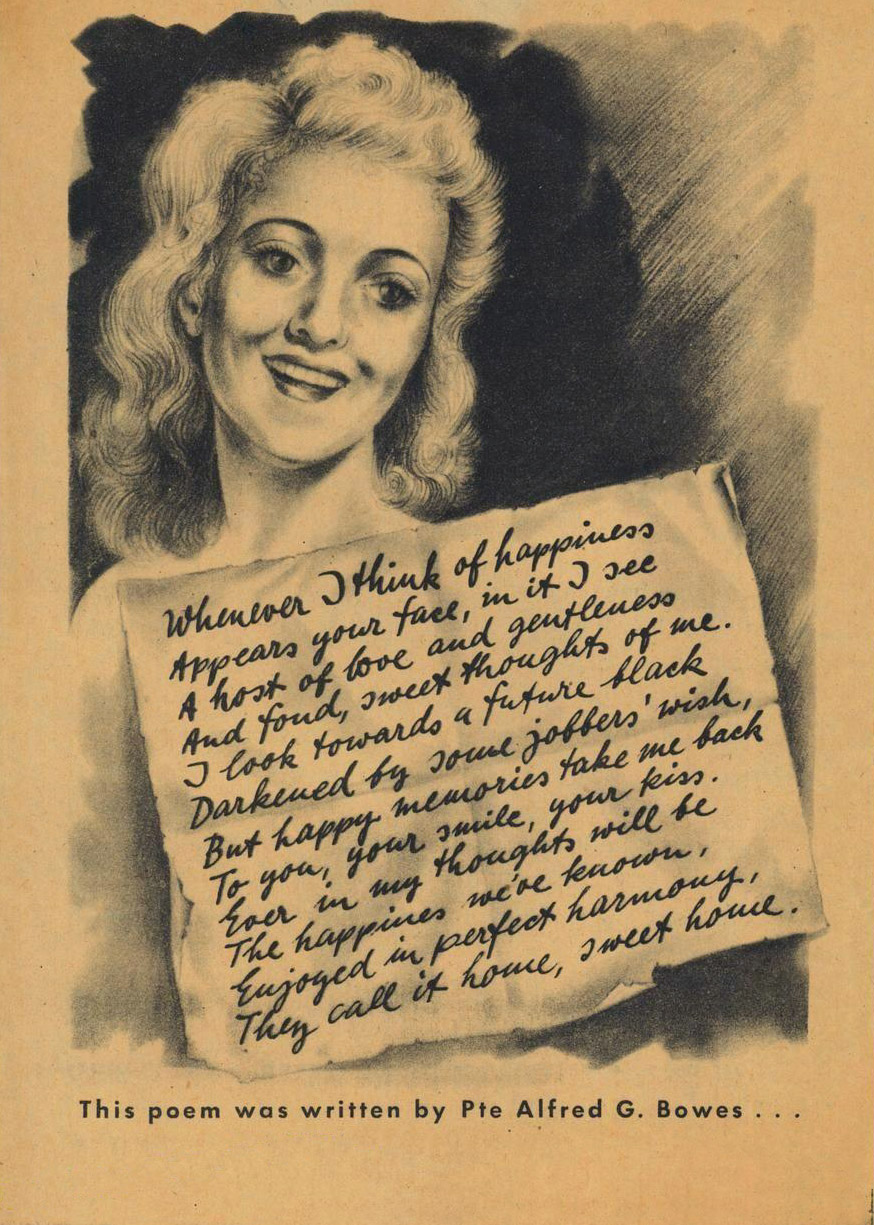
[Below: Reverse.]
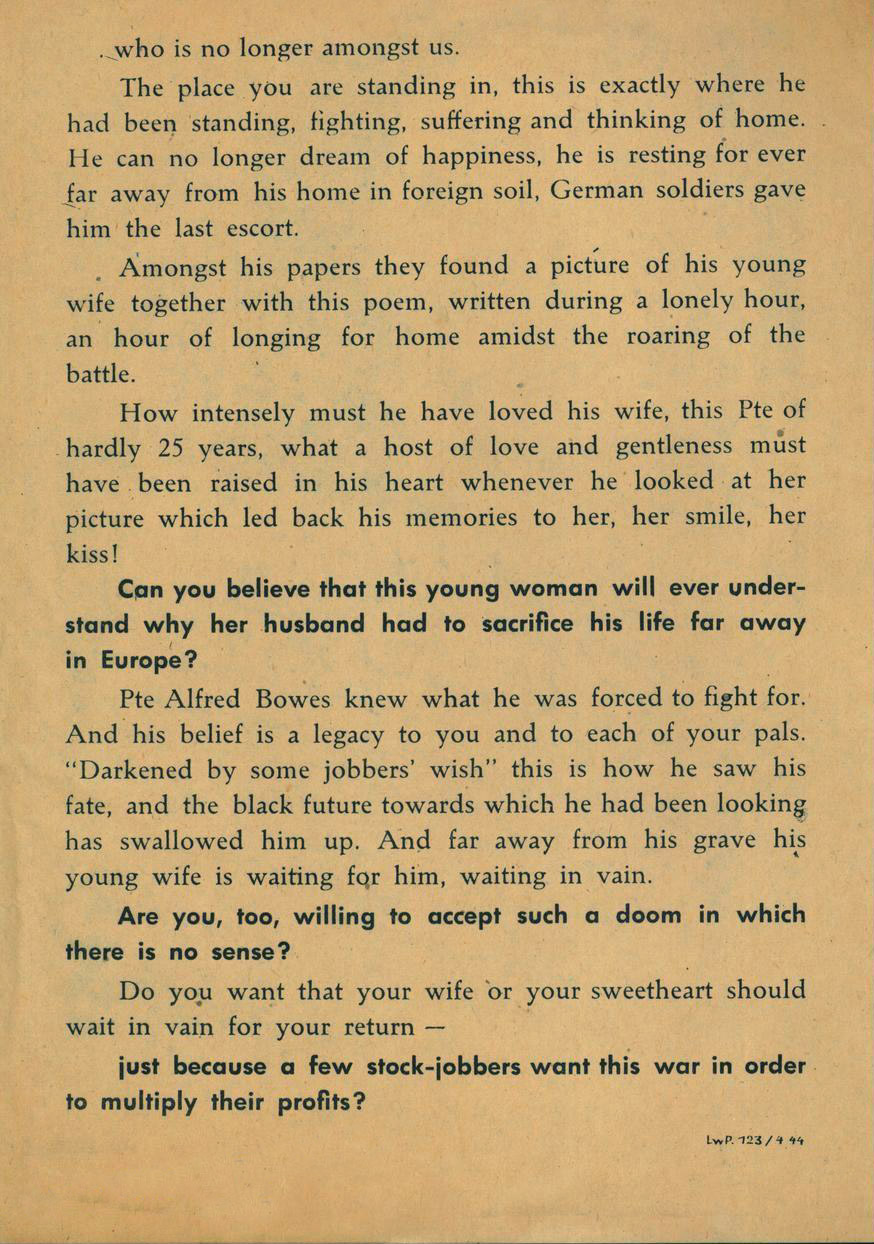
[Below: Flyer dropped on Allied troops. It is made of very light paper, practically like tissue paper. Front.]
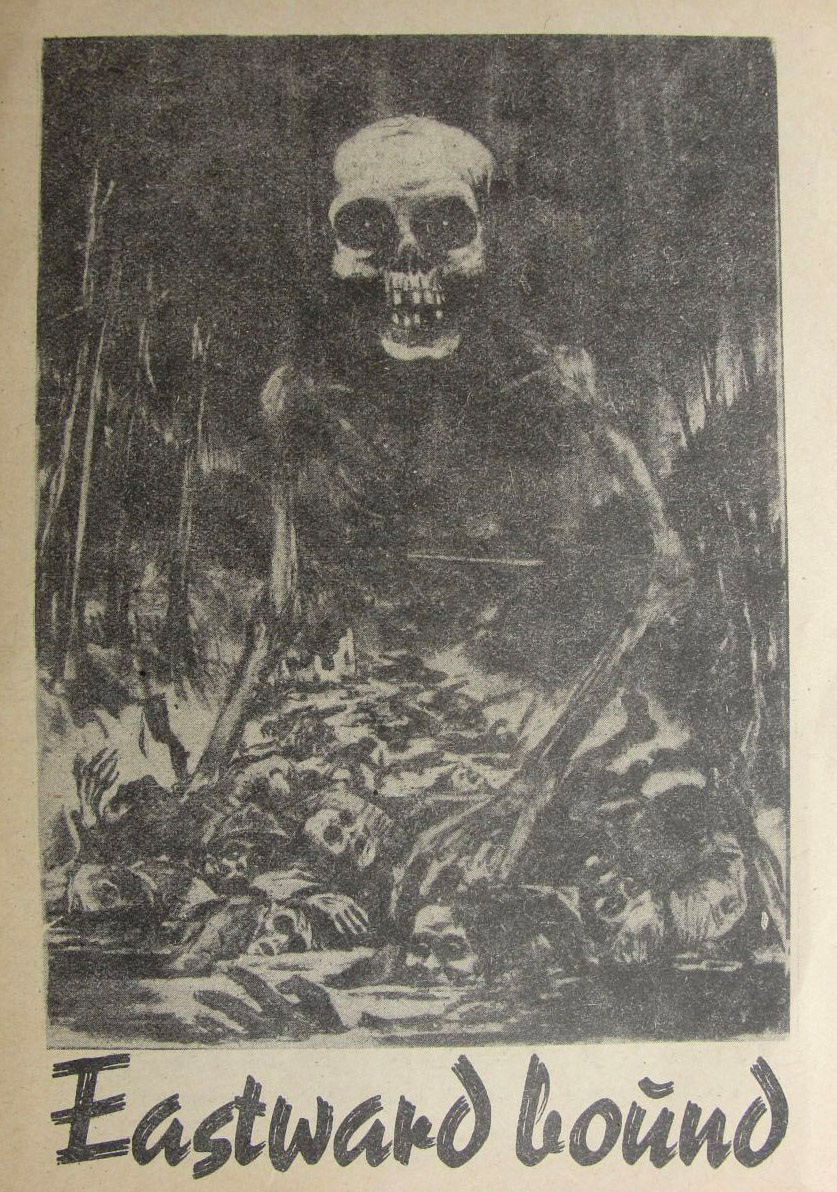
[Below: The Vosges are a mountain range in Eastern France, near the border with Germany. Of special note is a great tragedy which befell a unit of Japanese-Americans in the American army. In short, 275 soldiers from the 1st Battalion, 141st Infantry, were surrounded by German forces in the Vosges Mountains on October 24, 1944. After several attempts to free the men failed, the Americans sent in their cannon fodder: the 442nd Regimental Combat Team, a segregated unit of Japanese Americans.
What ensued was a bloodbath of the poor Japanese-American soldiers. In five days of horrific battle, from October 26-30, 1944, the brave men frantically managed to free the 275 men. Well, 211 of them. And the Japanese cannon fodder? They suffered a whopping 800 casualties! But that was okay with the good old USA. They were only yellow insects, whose families were in concentration camps back in America, and whose people back in Japan were about to be disintegrated with two atomic bombs. Reverse.]
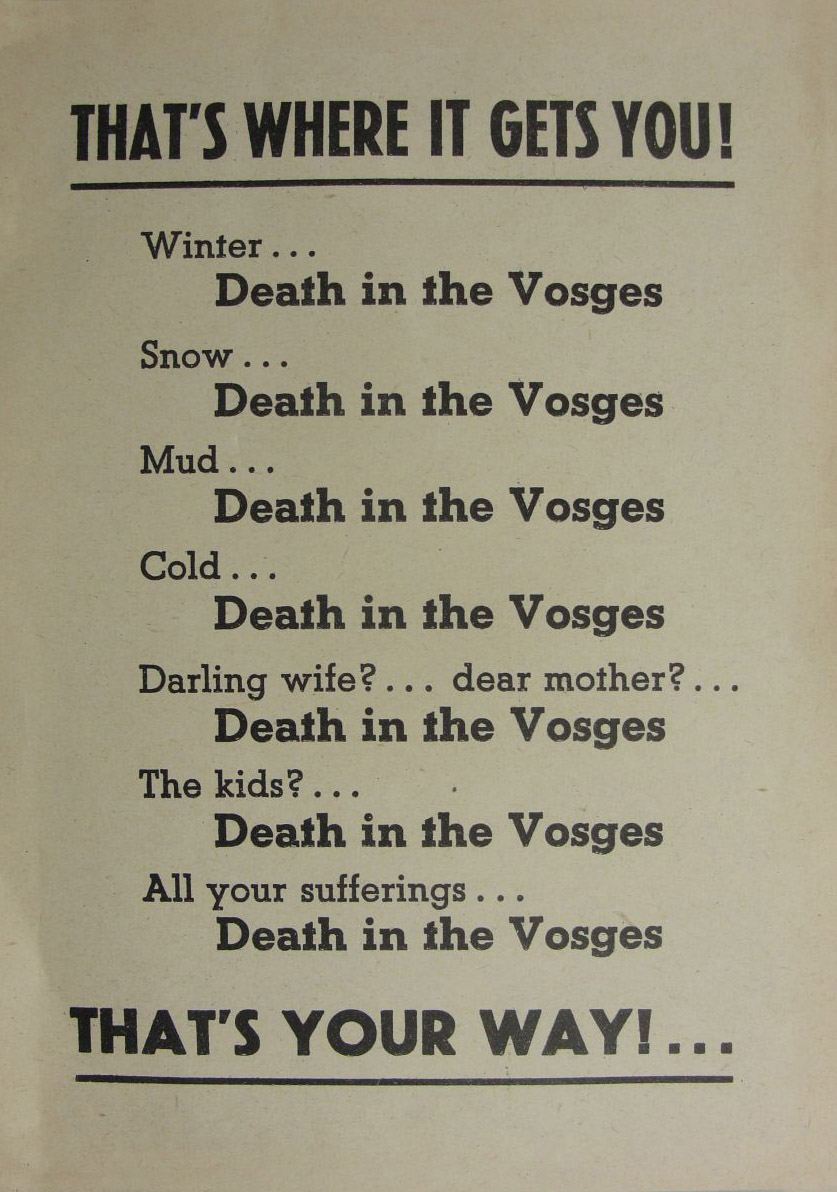
[Below: Flyer dropped on Allied troops in Italy in 1944. This shows southern England burning via the amazing German 'wonder weapon' the V1 rocket. It is made of very light paper, practically like tissue paper. Front.]
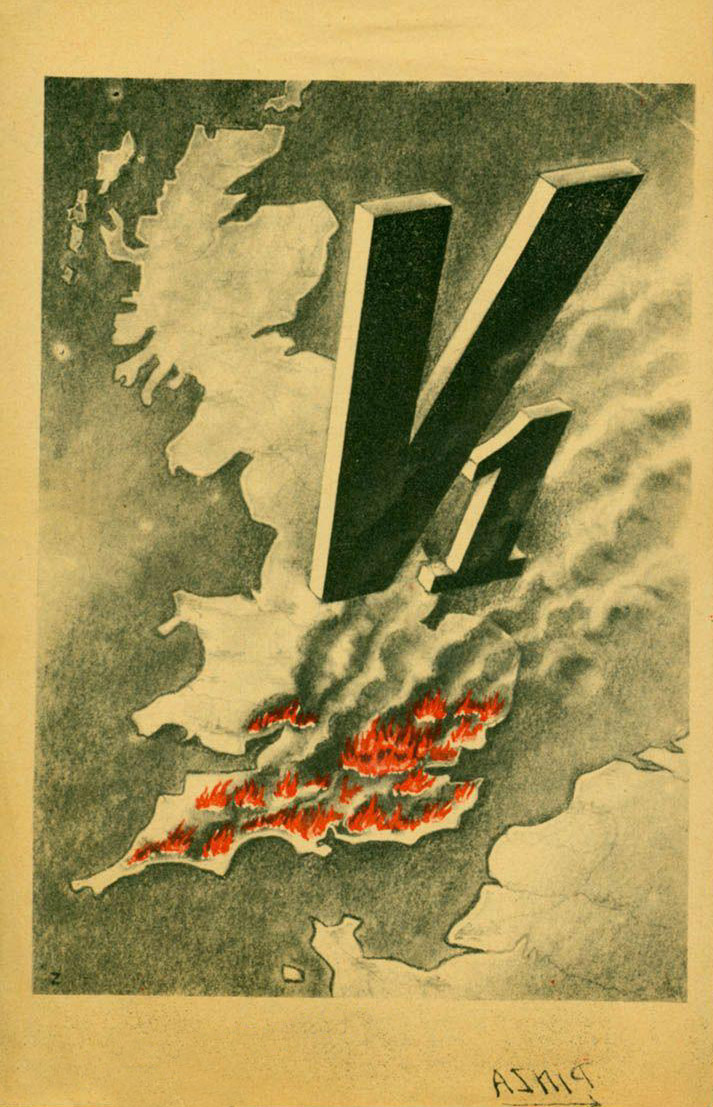
[Below: Reverse.]
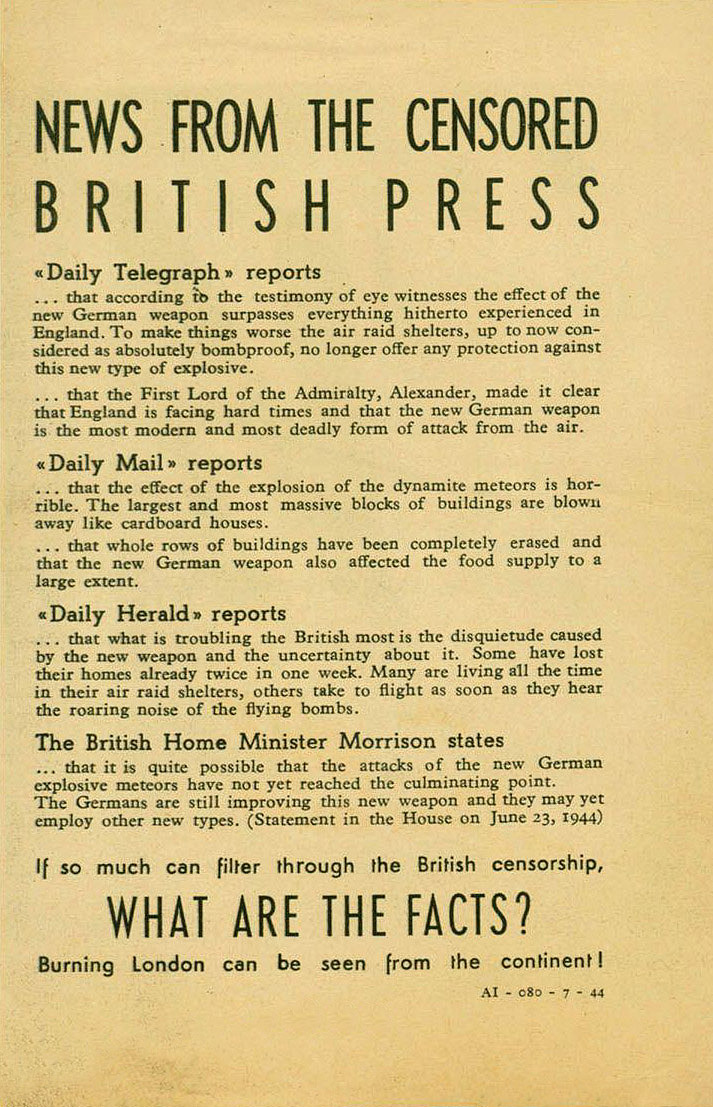

[Below: Theater schedule from December 1941.]
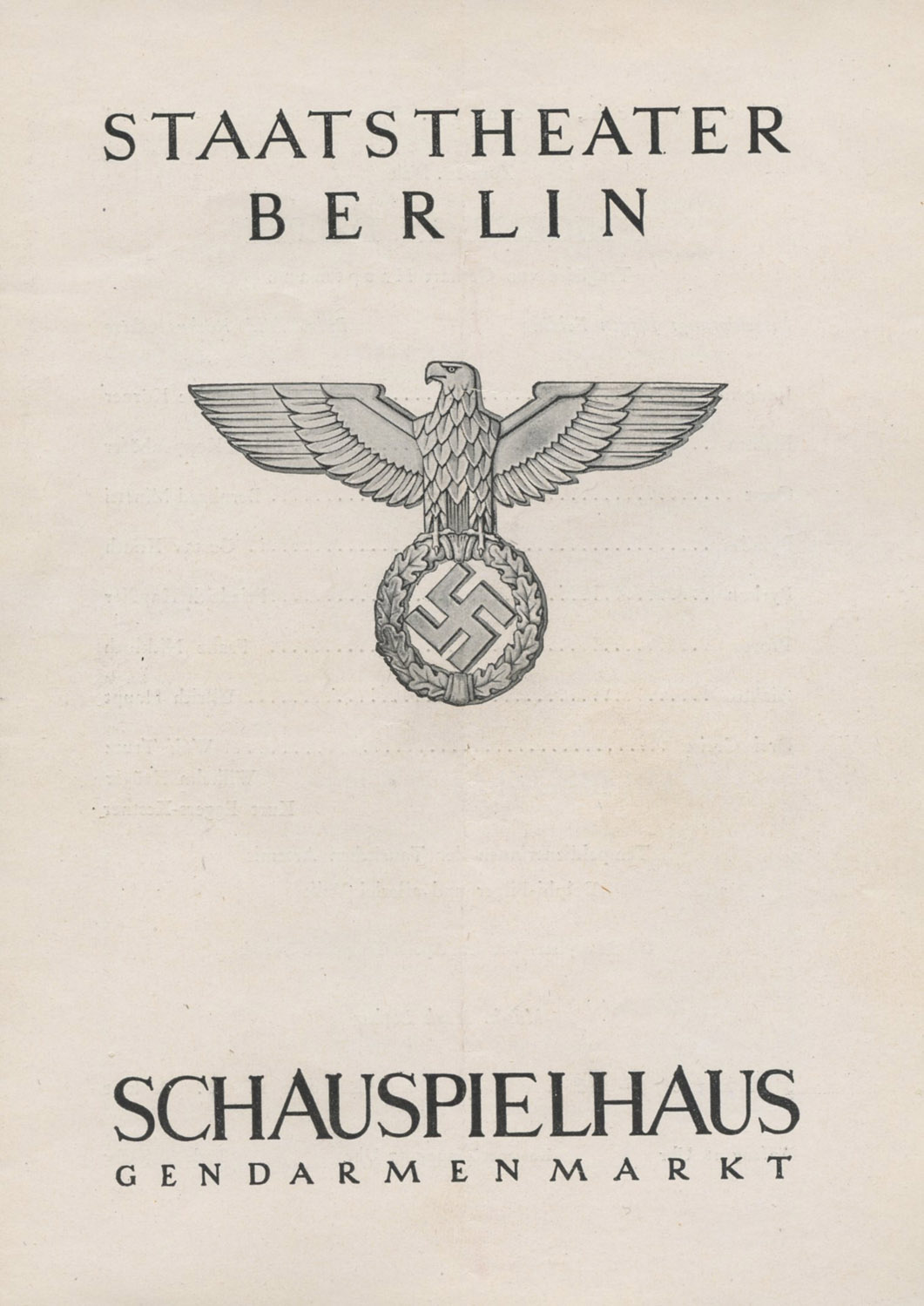
[Below: Inside.]
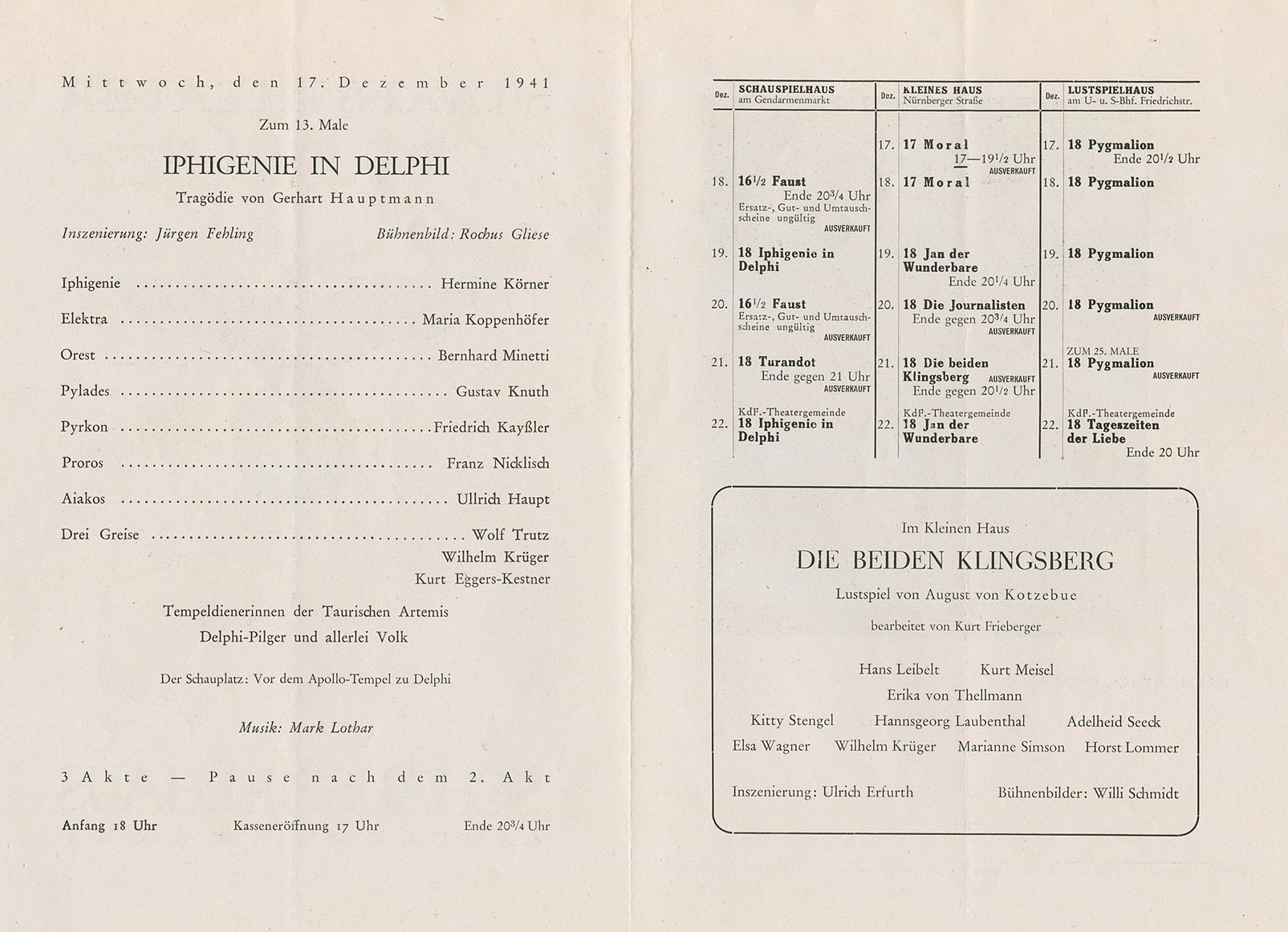
[Below: Reverse.]
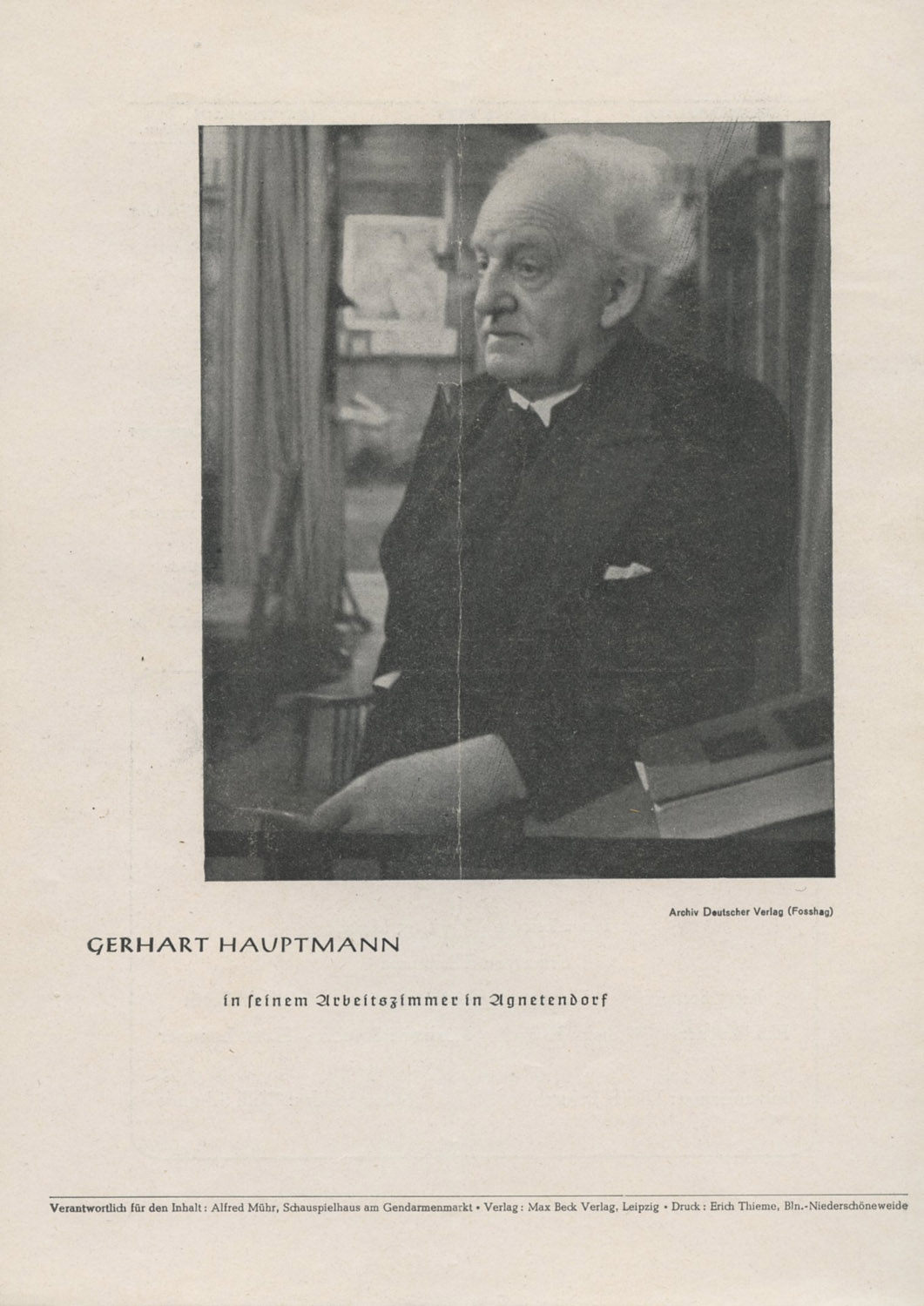

[Below: Soldier's train ticket from August 28, 1944. It says:
'Kleiner Wehrmachtfahrschein
(Gilt als Fahrausweis und ist bei Beendigung der Reise auf dem Zielbahnhof abzugeben)'.
Small Army ticket
(Valid as a ticket and must be handed in at the end of the journey at the destination station).
Also note that Cilli and Wöllan are cities in Slovenia.]
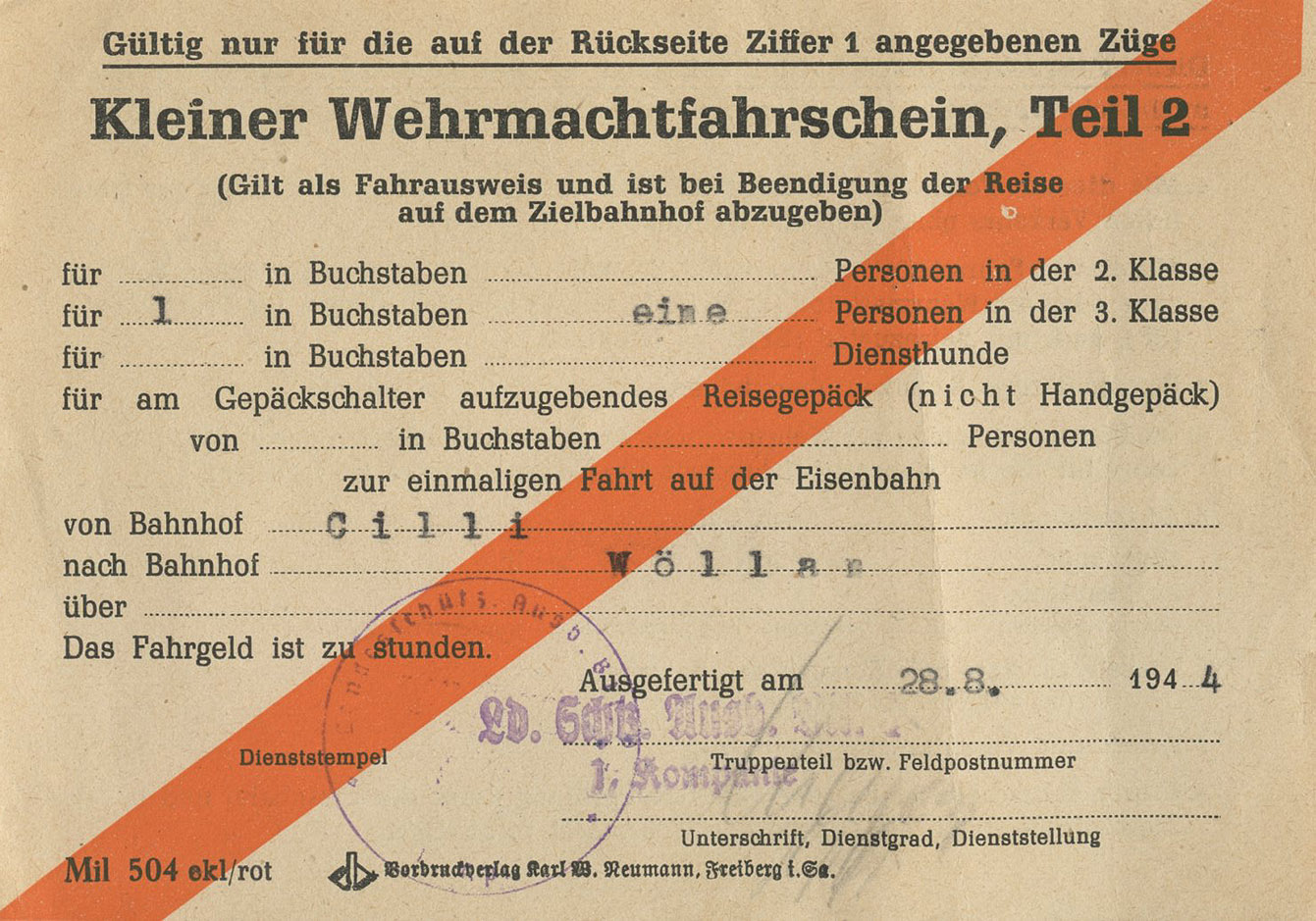
[Below: Reverse.]
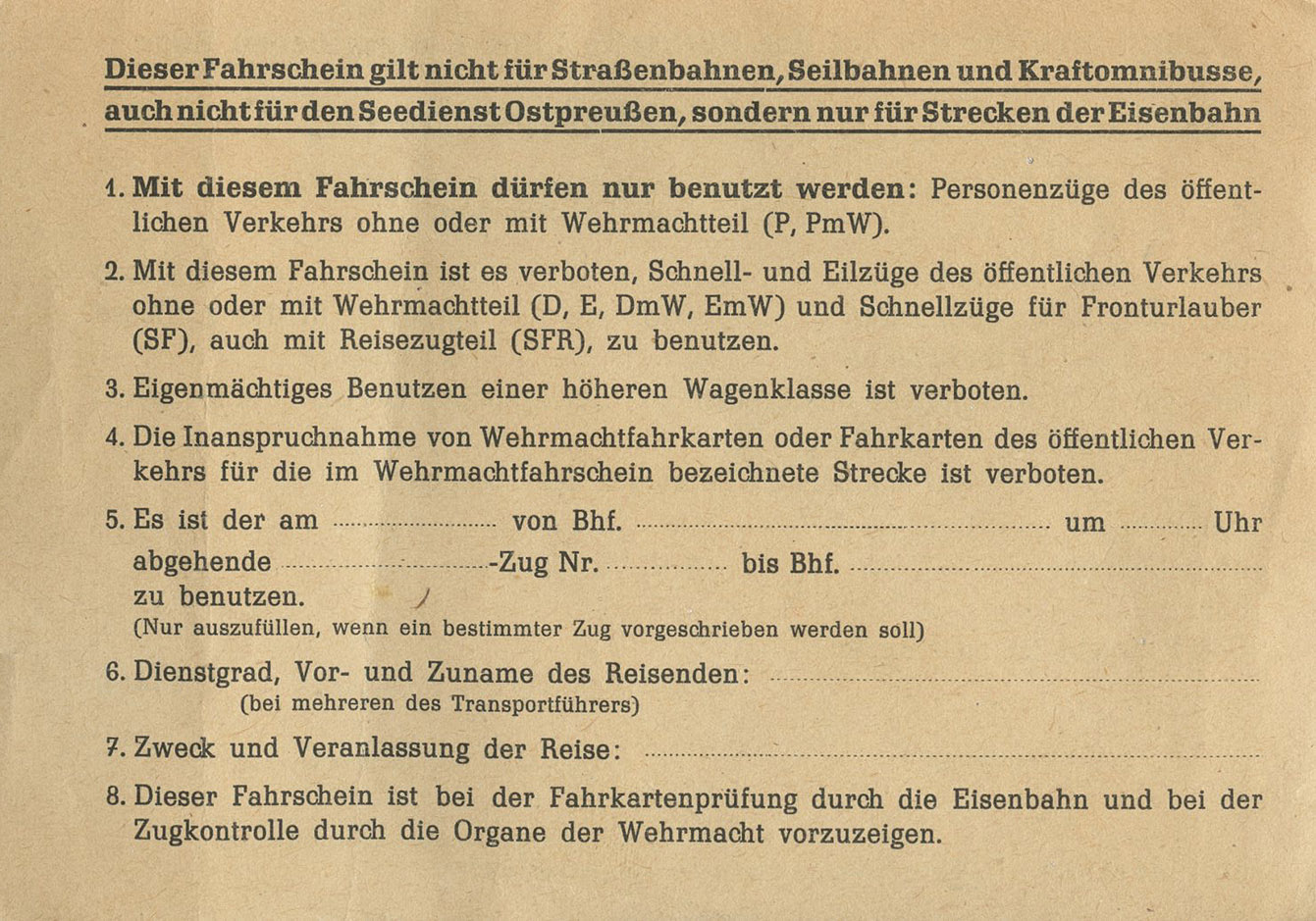
[Below: Here is a different type of soldier's train ticket from August 30, 1943.]
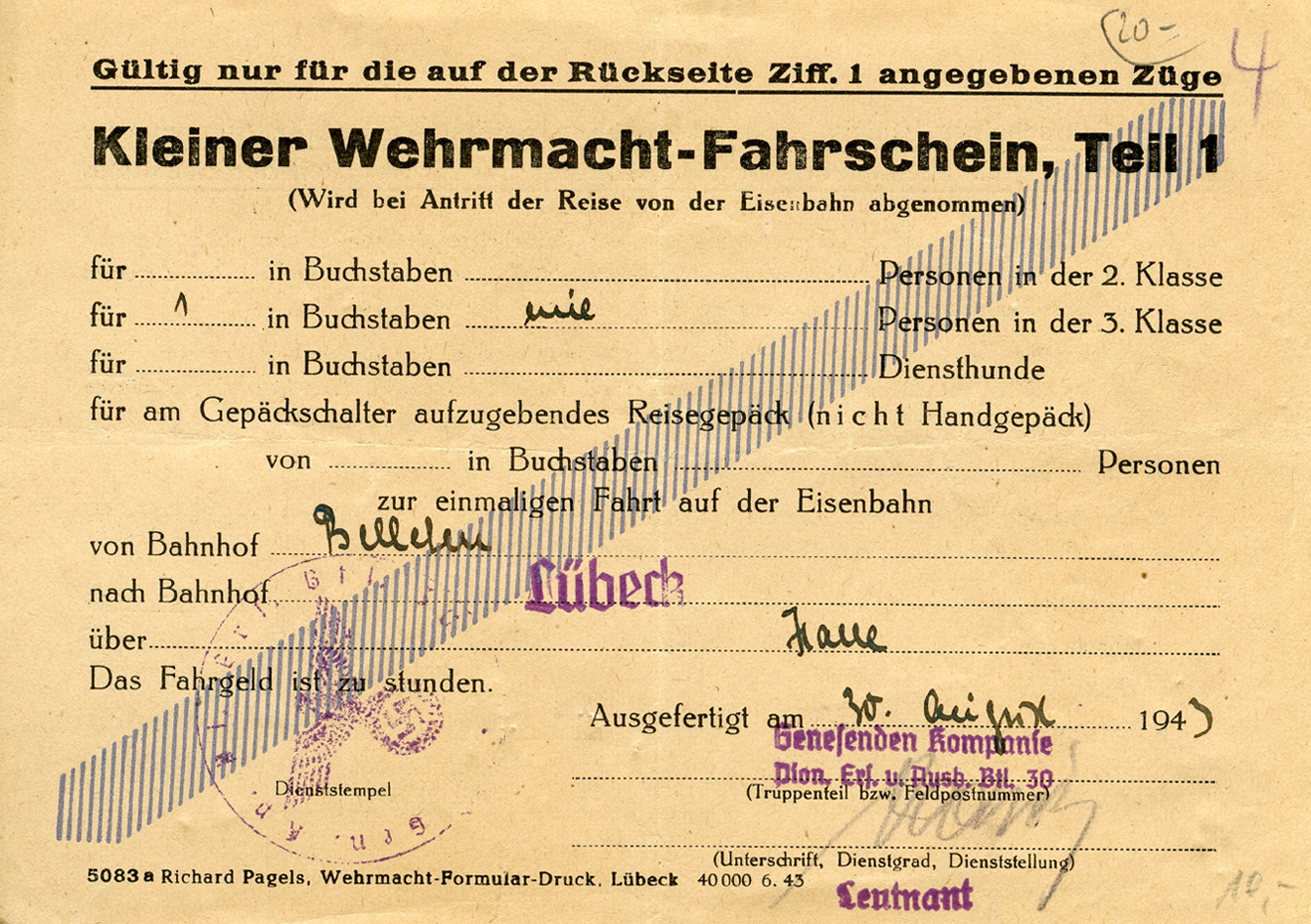
[Below: Reverse.]
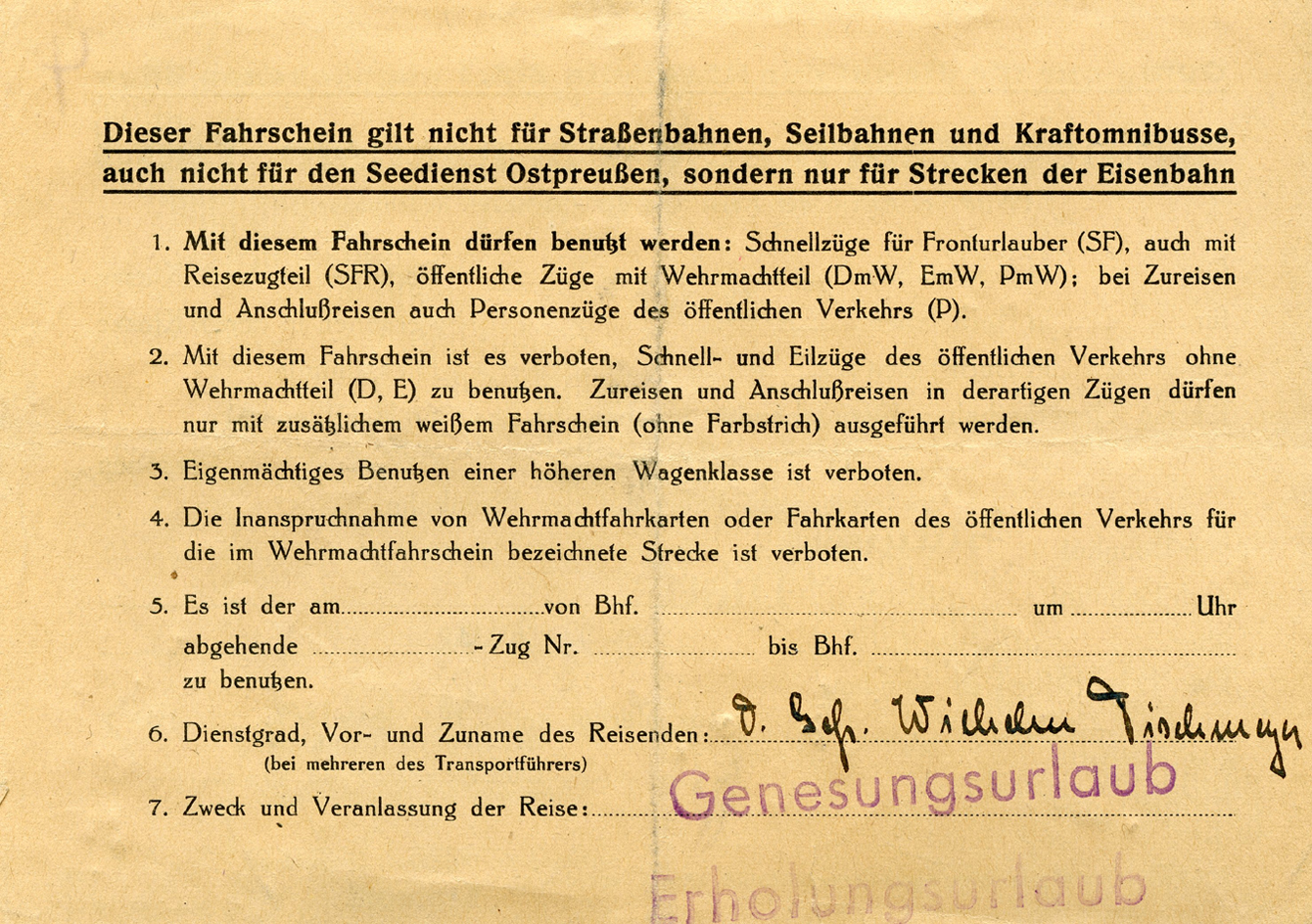

[Below: Soldier's holiday vacation voucher. It basically says:
'The employee Hans Qutzen, employed by the Hamburg Foreign Letters office...vacation from May 10, 1944 to June 21, 1944.'
Signed by a Major.
The reverse is blank.]

[Below: This small slip of paper, about the size of a postcard, basically says:
'Flak Replacement Department 51 - Stettin, August 7, 1943
Certification
Officer Johannes Müller, 1st Replacement Battery, Flak Replacement Department 51, is authorized to live outside the barracks from August 7th of this year to August 10th of this year...
He has been advised to leave the streets and bars by midnight.
M. had been ordered to make himself available to the air raid service immediately in the event of an air raid warning.'
The reverse is blank.]

[Below: Sometimes you have to wonder how does stuff like this survive? Someone, or more likely a series of owners, kept this little slip of paper for eighty years. Humans are packrats. So what does this say? Let's see:
'The holder of this card has duly reported to the department supervisor.'
The ink stamp says Erfert, a city in central Germany and the capital of the state of Thuringia. It also says 'Laz' whcih stands for 'lazarett' meaning hospital.]
[Below: Reverse of slip of paper.]

[Below: This is a tag for wounded soldiers. Front. It says:
'Begleitzettel für
Kampfstoffverletzte
Nicht transportfähig:
2 violette Randsstreifen
transportfähig:
1 violetter Randstreifen
Marschefähig: kein violetter Randstreifen
Dienstgrad:
Truppenteil:
Zeit der Kampsstoffeinwirkung:
Verdacht auf:
Besteht Lungenschädigung:
Erhielt an starkwirkenden Arzneien:
Innerlich?
Eingespritzt?'.
(Accompanying note for
Combat casualties
Not transportable:
2 violet edge stripes
transportable:
1 purple edge strip
Fit for marching: no purple edge stripe
Rank:
Unit:
Time of combat exposure:
Suspected of:
Existing lung damage:
Received potent drugs:
Internally?
Injected?).]
'Begleitzettel für
Kampfstoffverletzte
Sonstige Hilfeleistung:
Nächste Versorgung usw. erforderlich:
(Art, Zeit)
Besonders zu achten auf:
Wird (sitzend, leigend) entsendet nach
Verbandplatz
sammel
Lazarett Nr.
Name des arztes:
Dienstgrad:
Truppenteil:
Ausgestellt am
(Accompanying note for
Combat casualties
Other assistance:
Next care etc. required:
(Type, Time)
Pay particular attention to:
Will be sent (sitting, lying) to
Dressing station
collect
Hospital no.
Name of the doctor:
Rank:
Unit:
Issued on).]

[Below: 'Thingstätte' is an amphitheater. A 'Thing' was an ancient Nordic/Germanic gathering of the people, in an outdoor setting. The National Socialists wanted to bring the arts to all the people, no matter their geographical location. They built forty of these beautiful outdoor amphitheaters, and had plans to build hundreds, but like all of their plans for social programs the war prevented them. Front/back.]
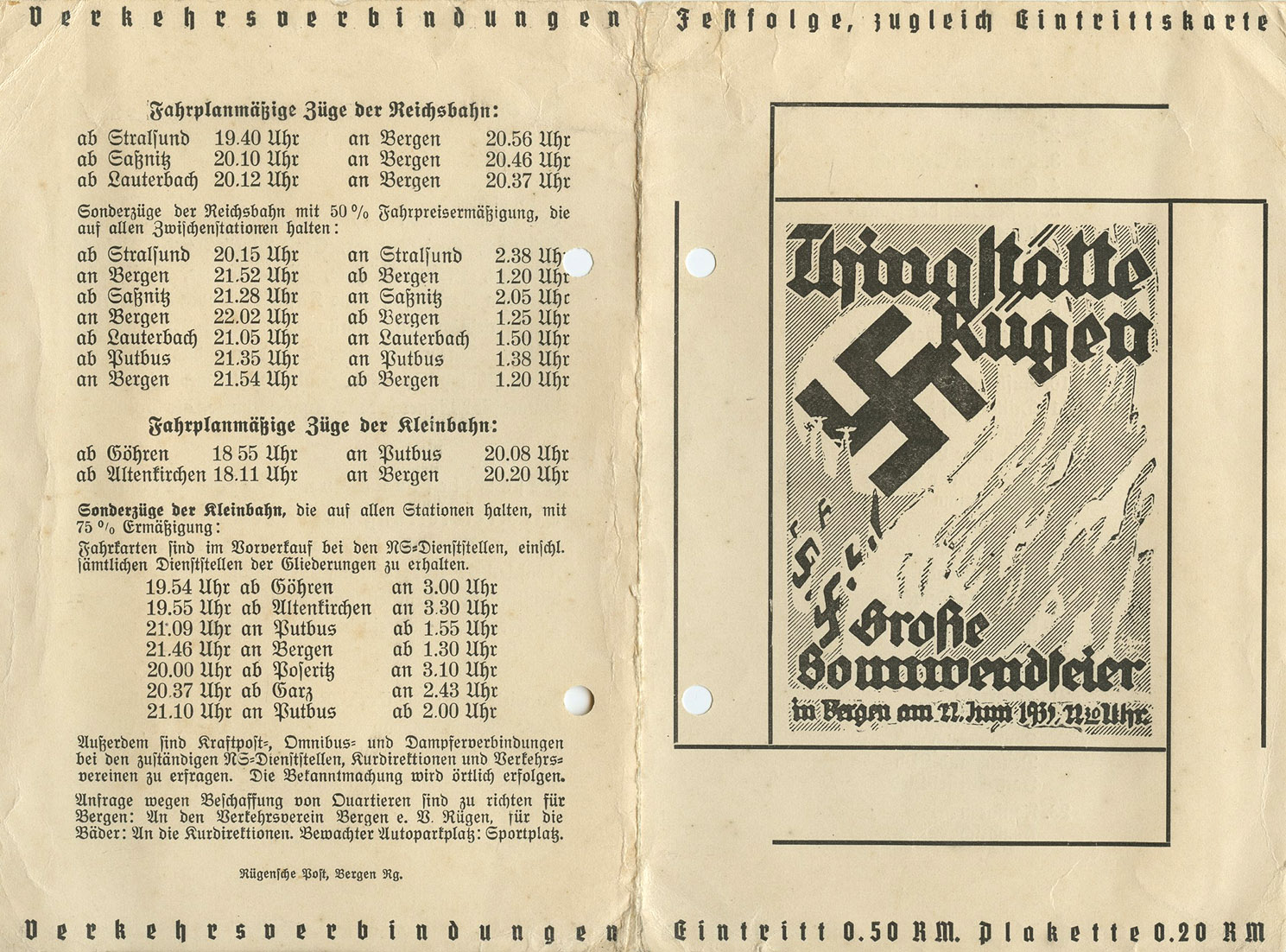
[Below: Inside.]
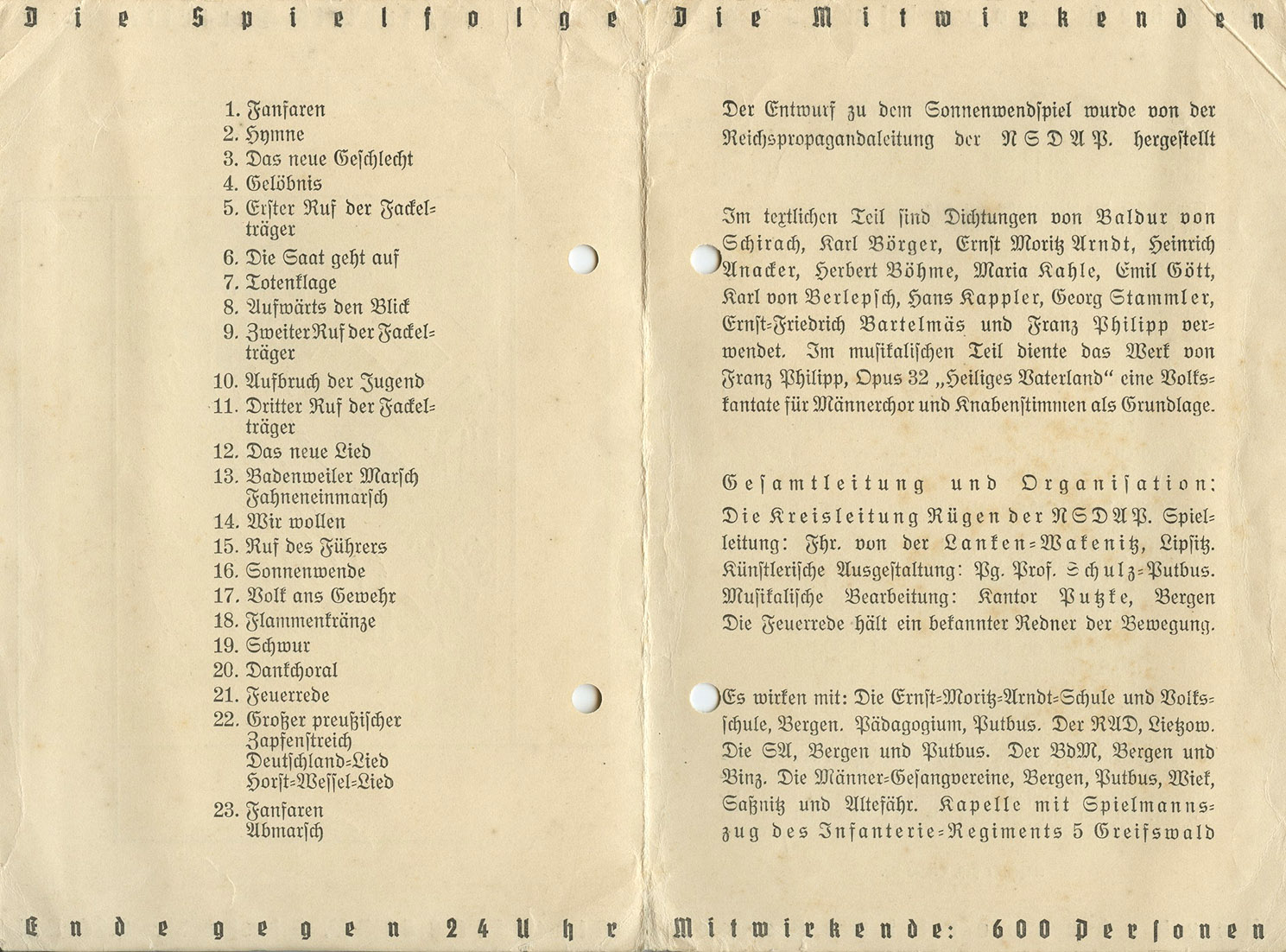
[Below: Thingstätte Heidelberg, Germany.]
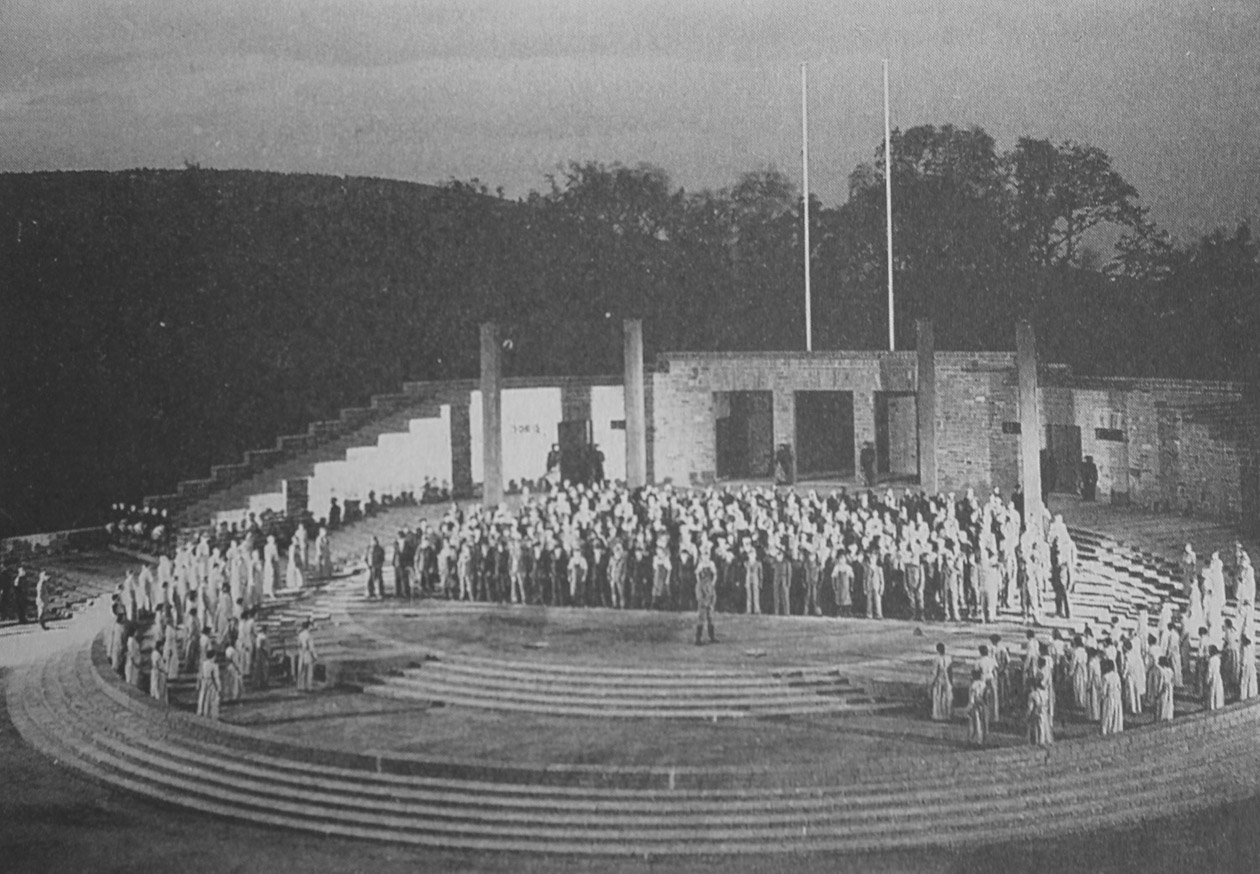
[Below: Thingstätte Heidelberg, Germany, as it was.]
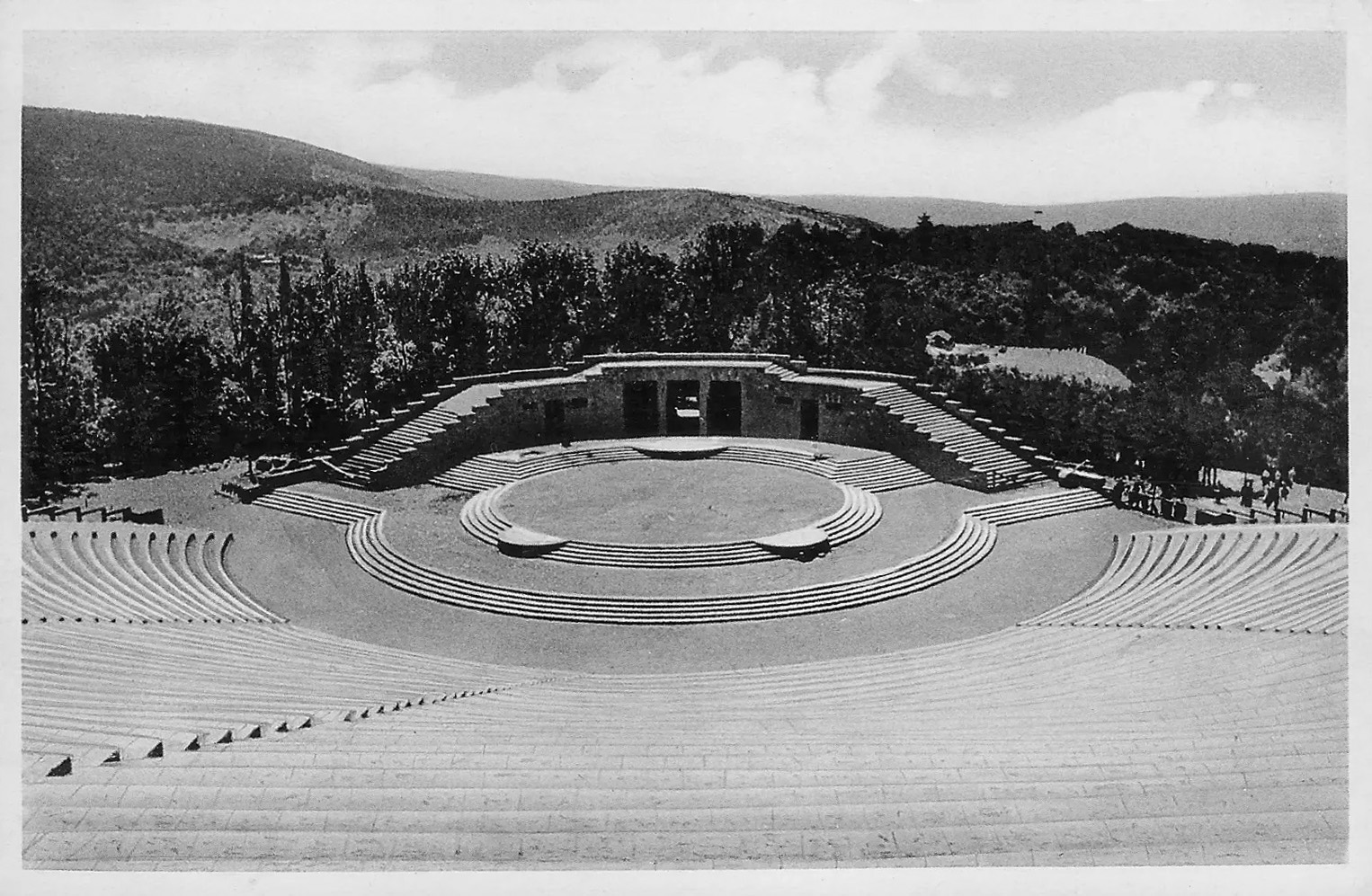
[Below: As it is today, abandoned.]


[Below: This is a huge foldout. It says: 'Was jeder vom deutschen U-BOOT wissen muß'
(What everyone has to know about the German submarine).]
[Below: Reverse.]
[Below: Additional information.]
